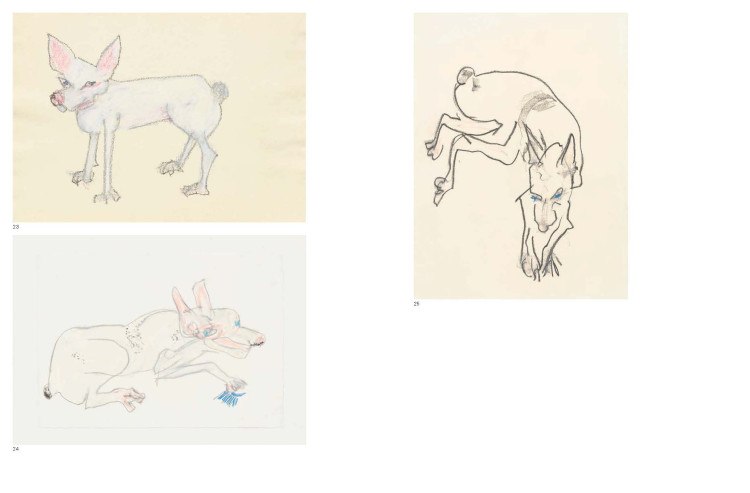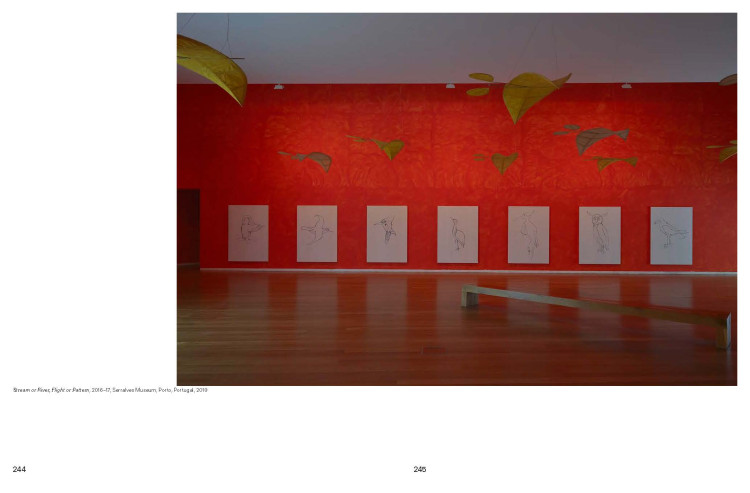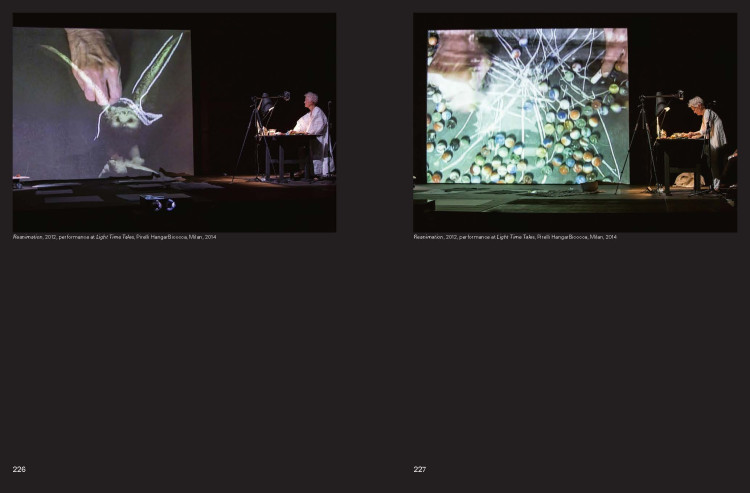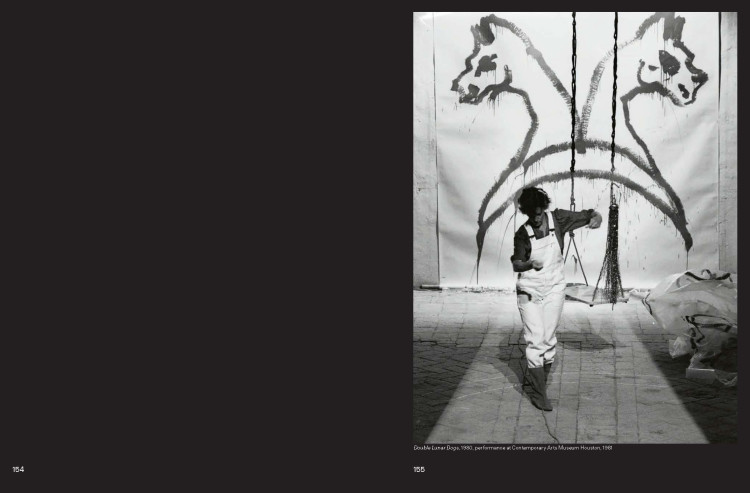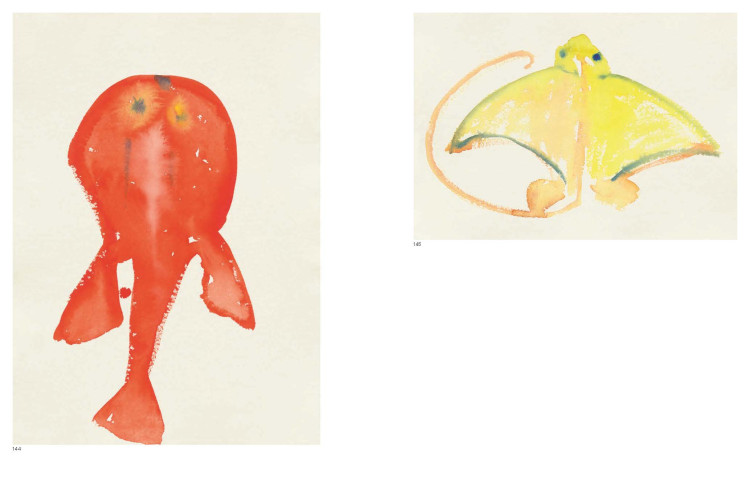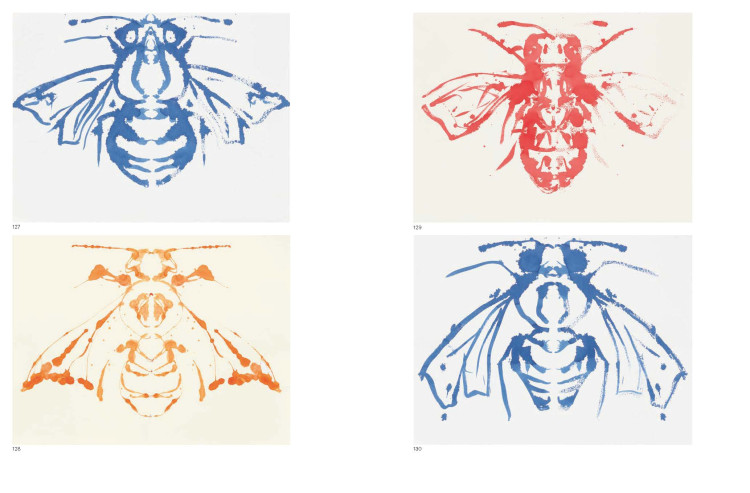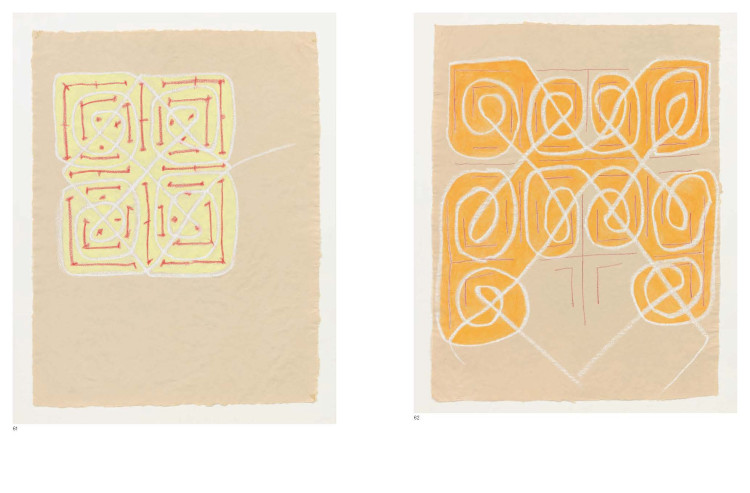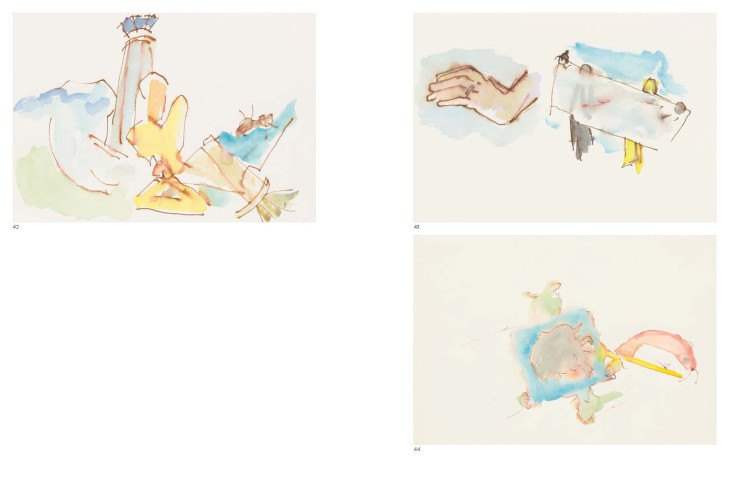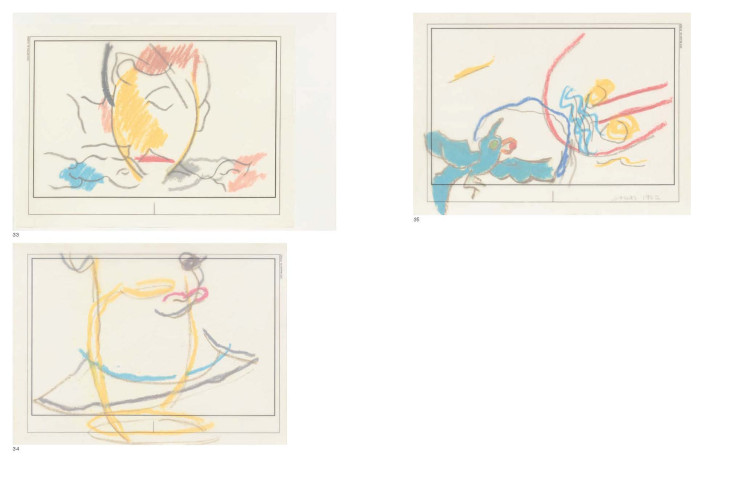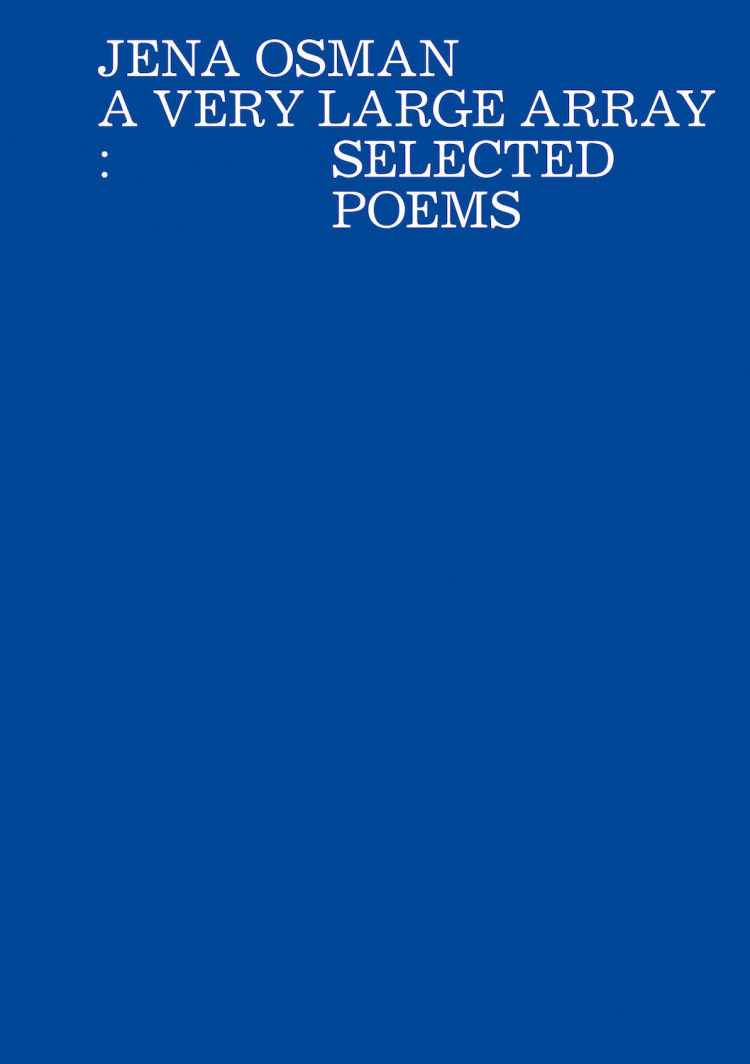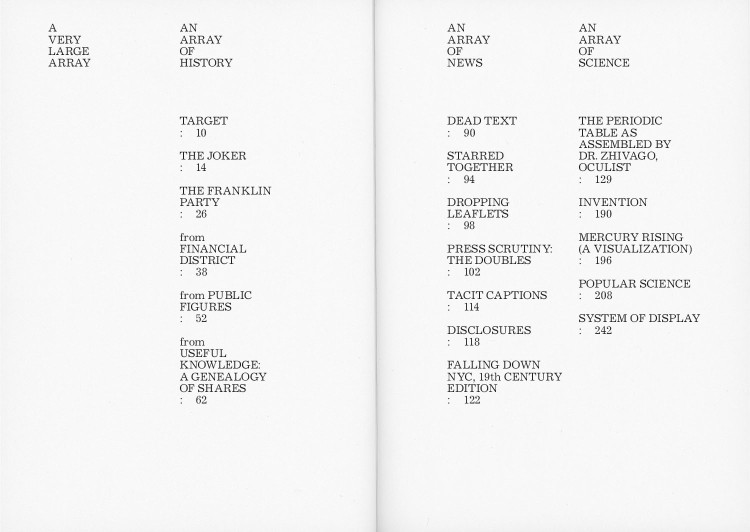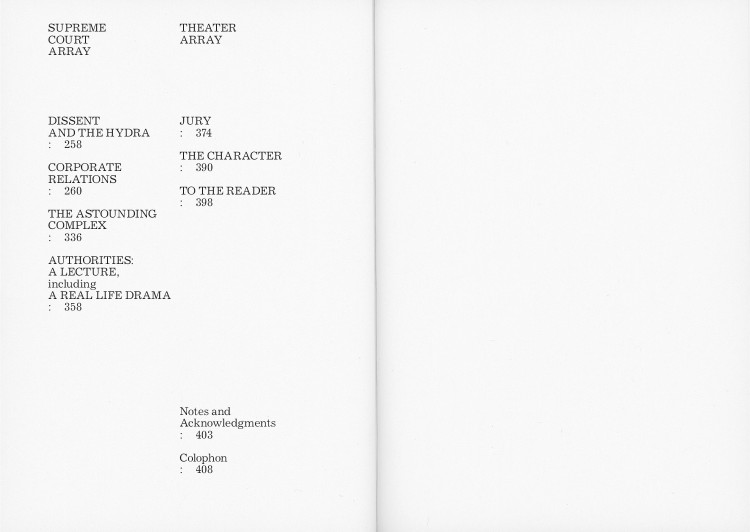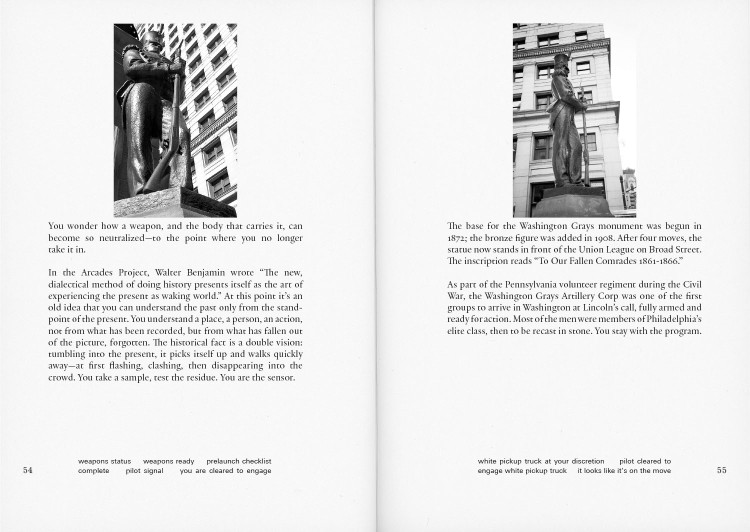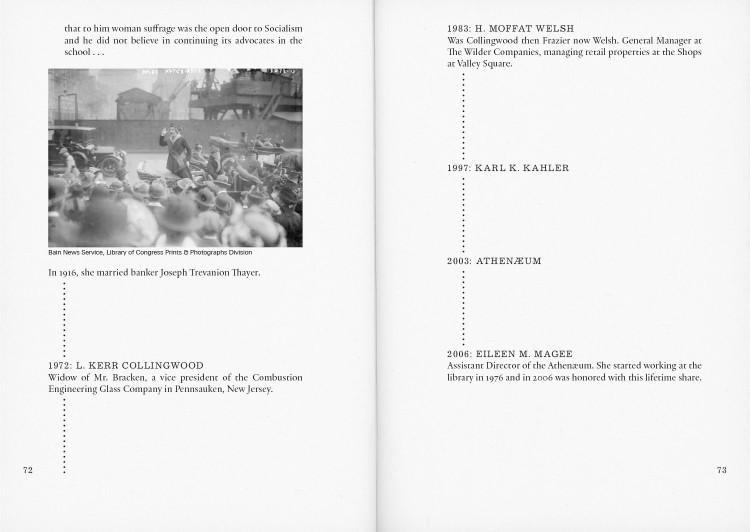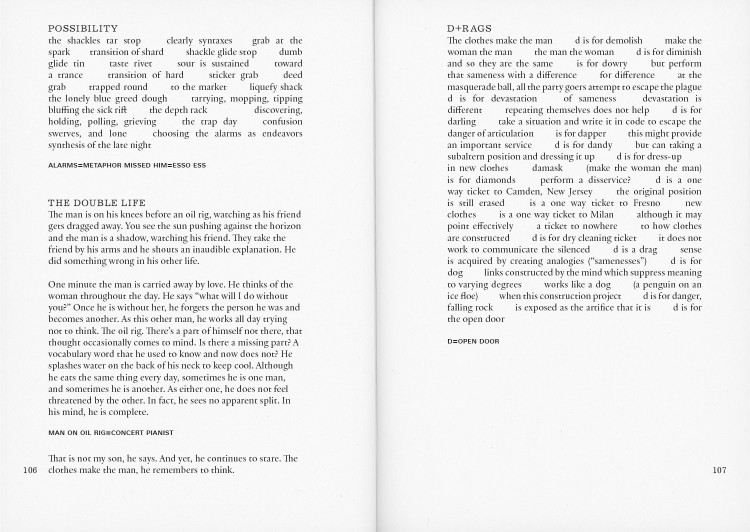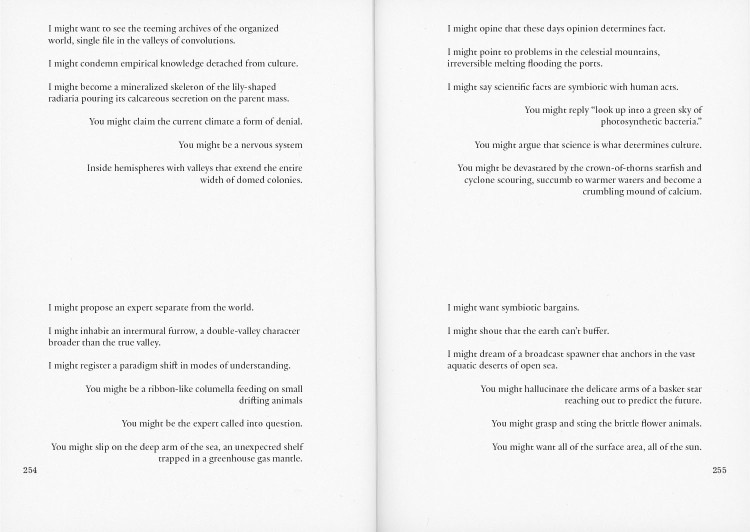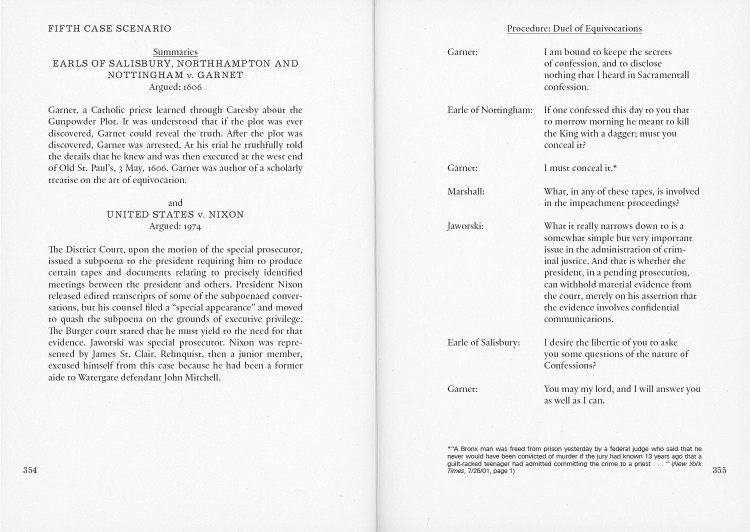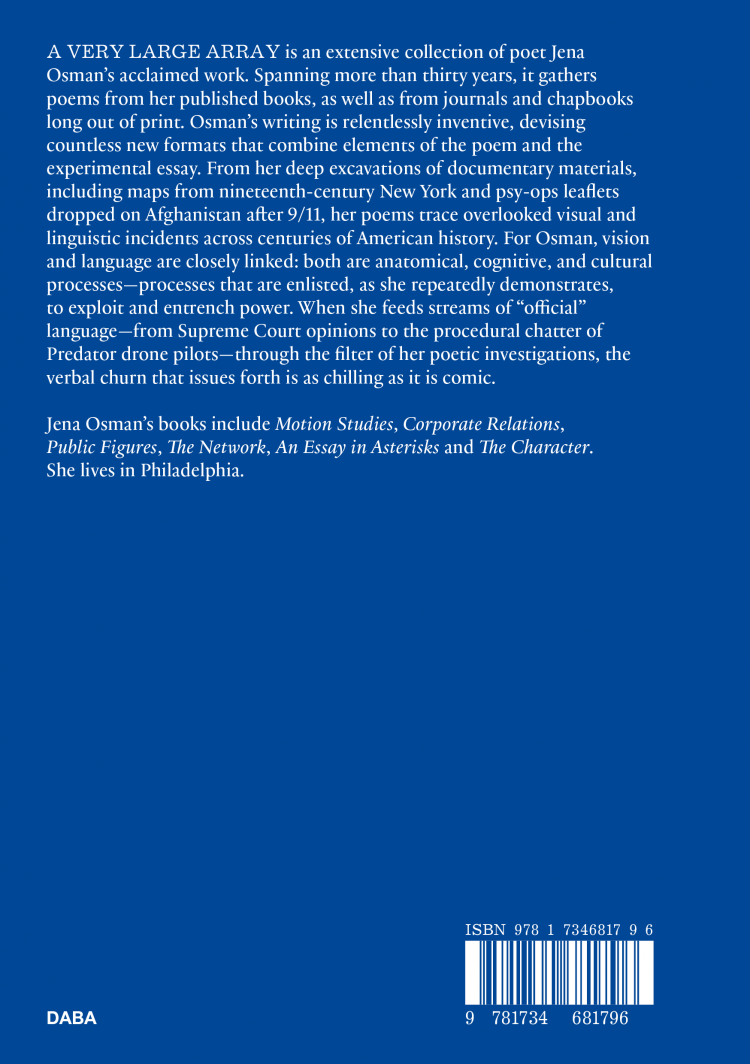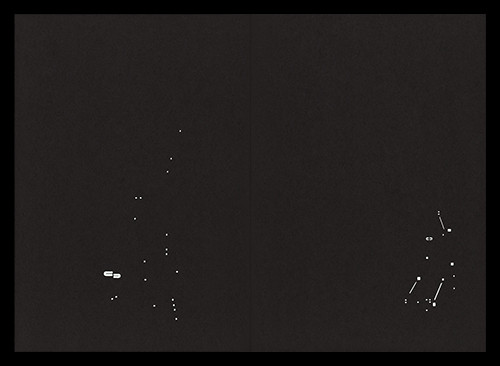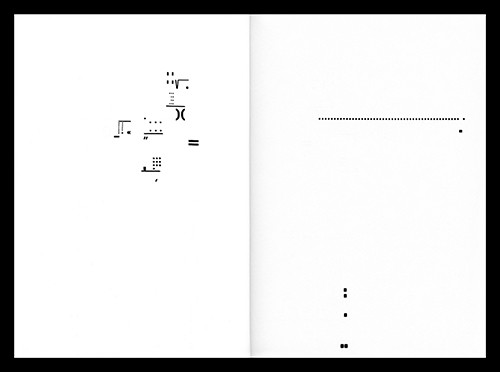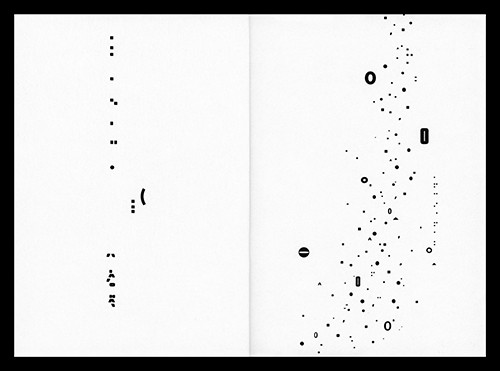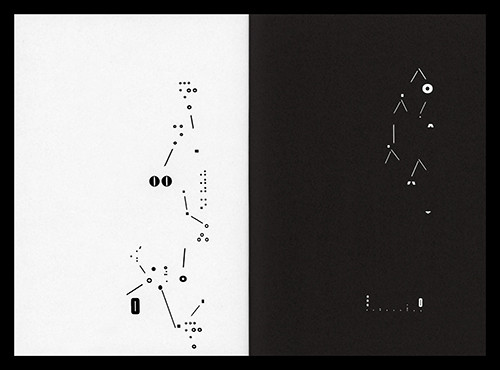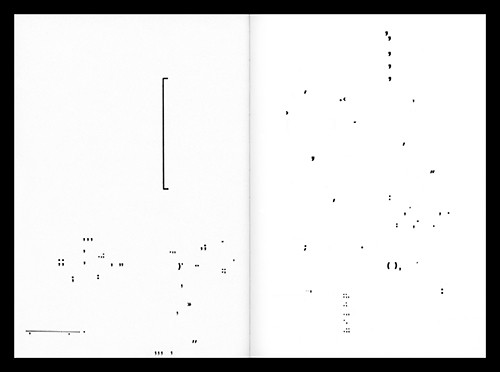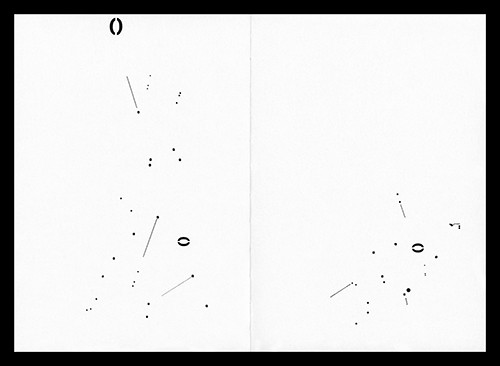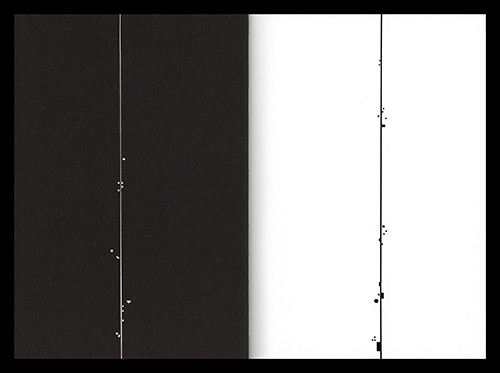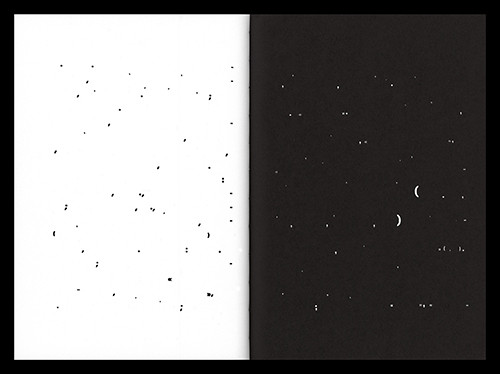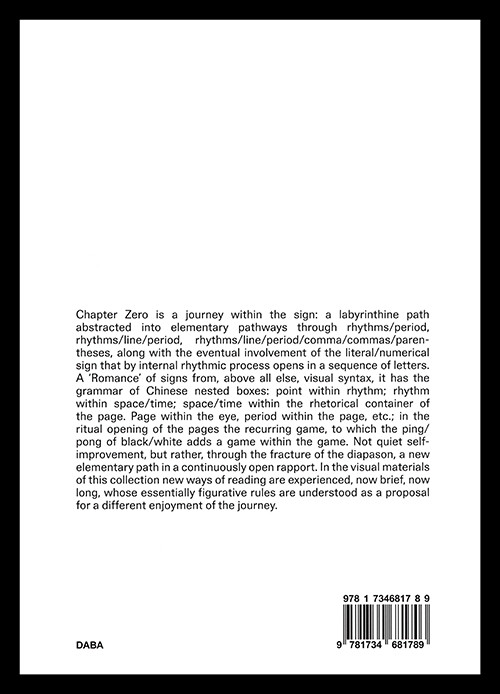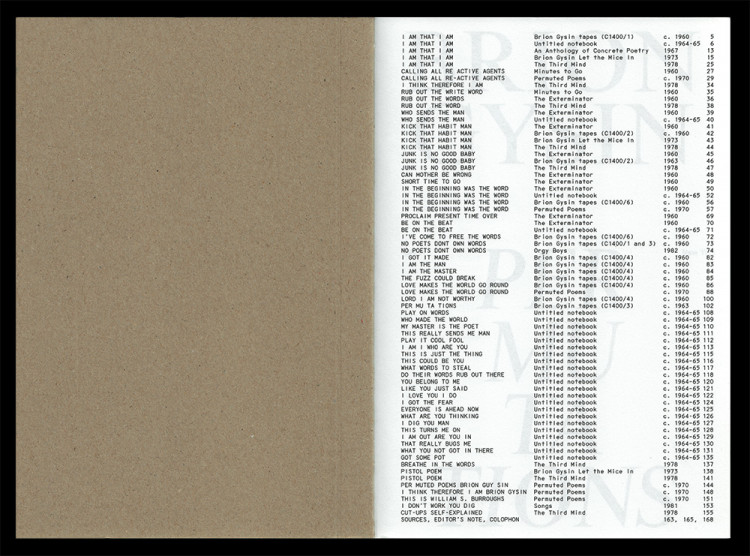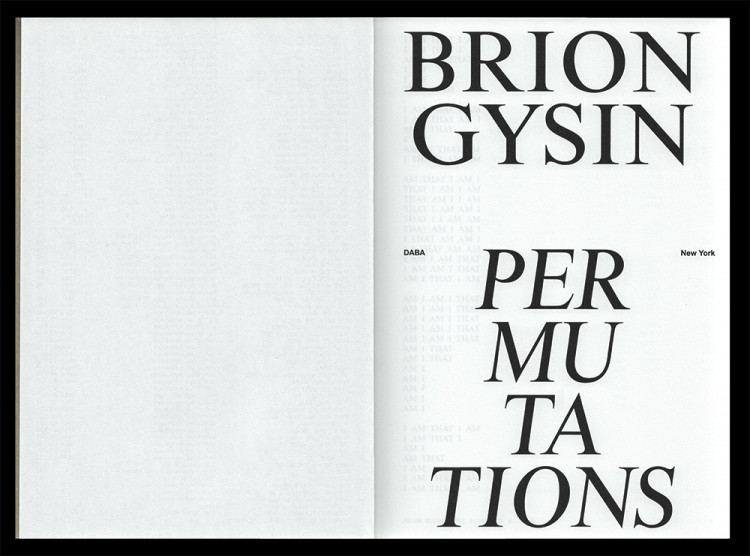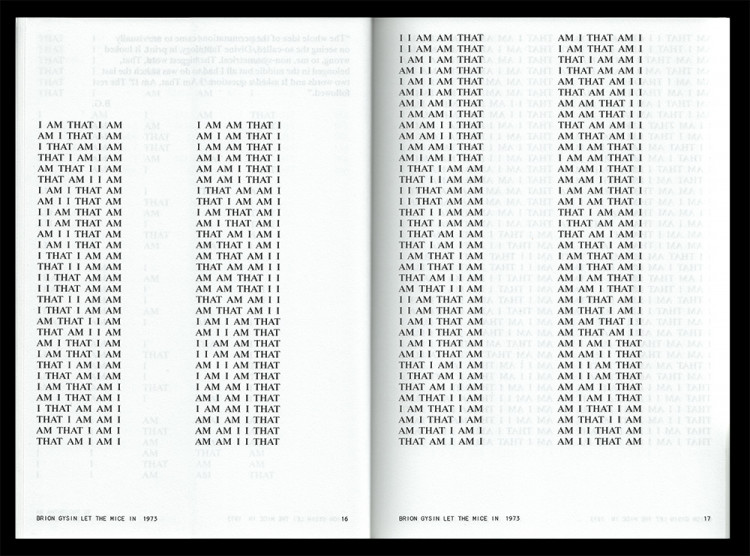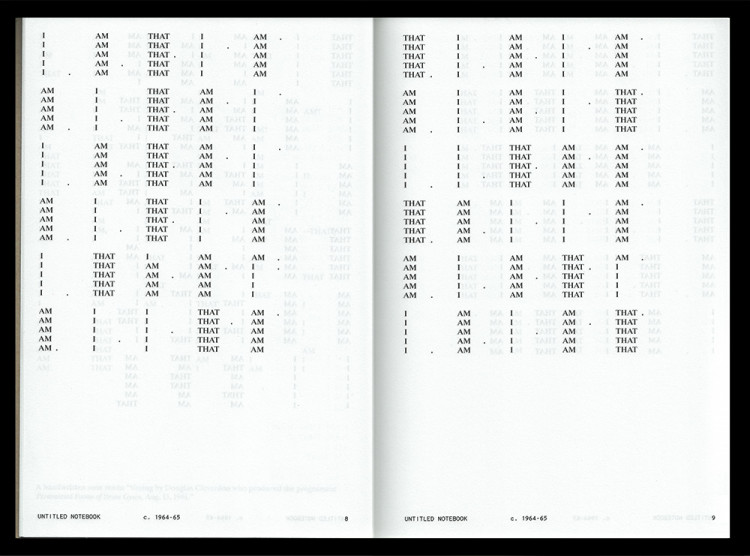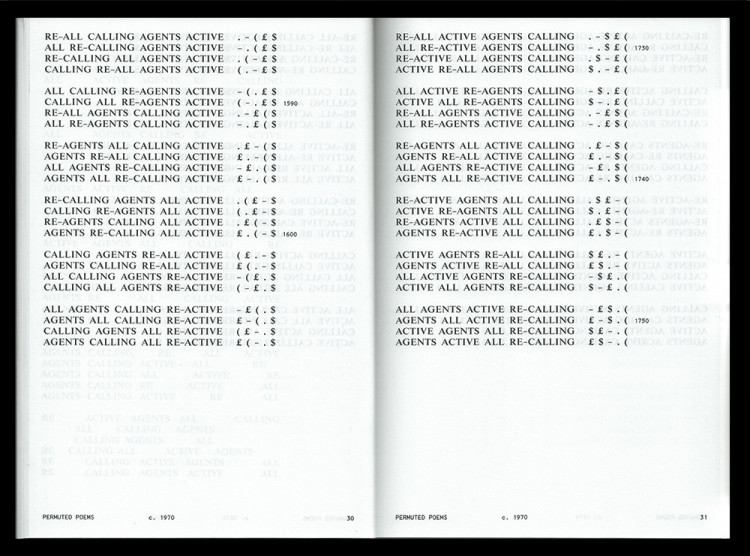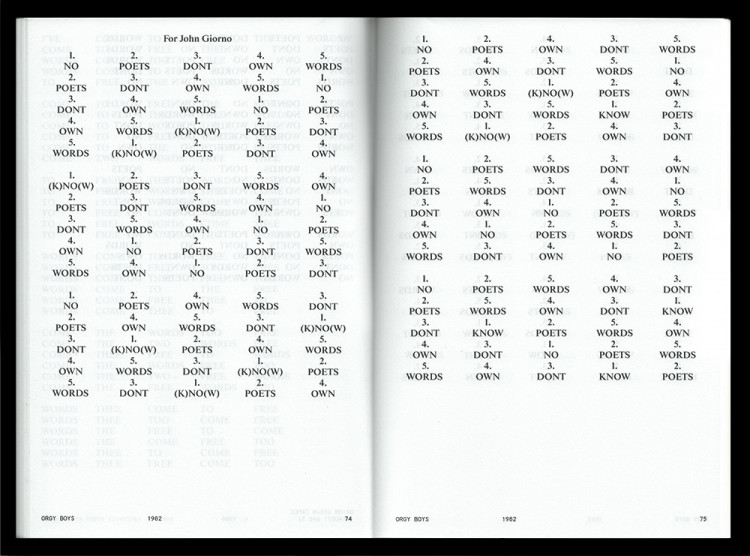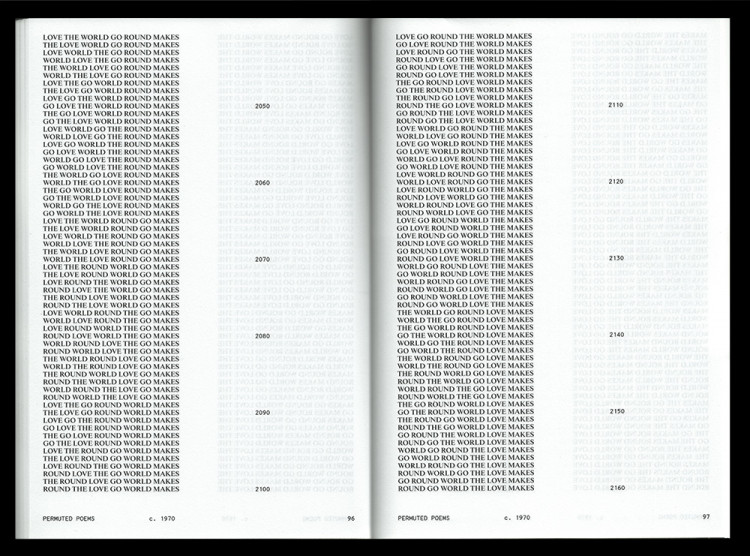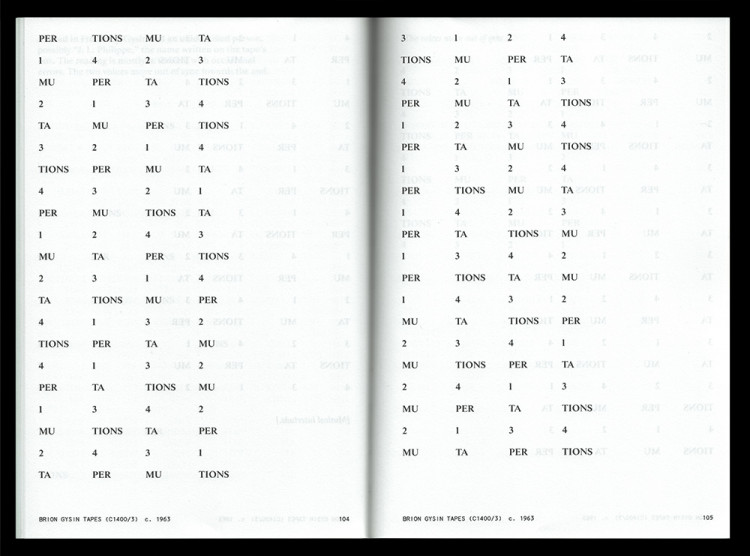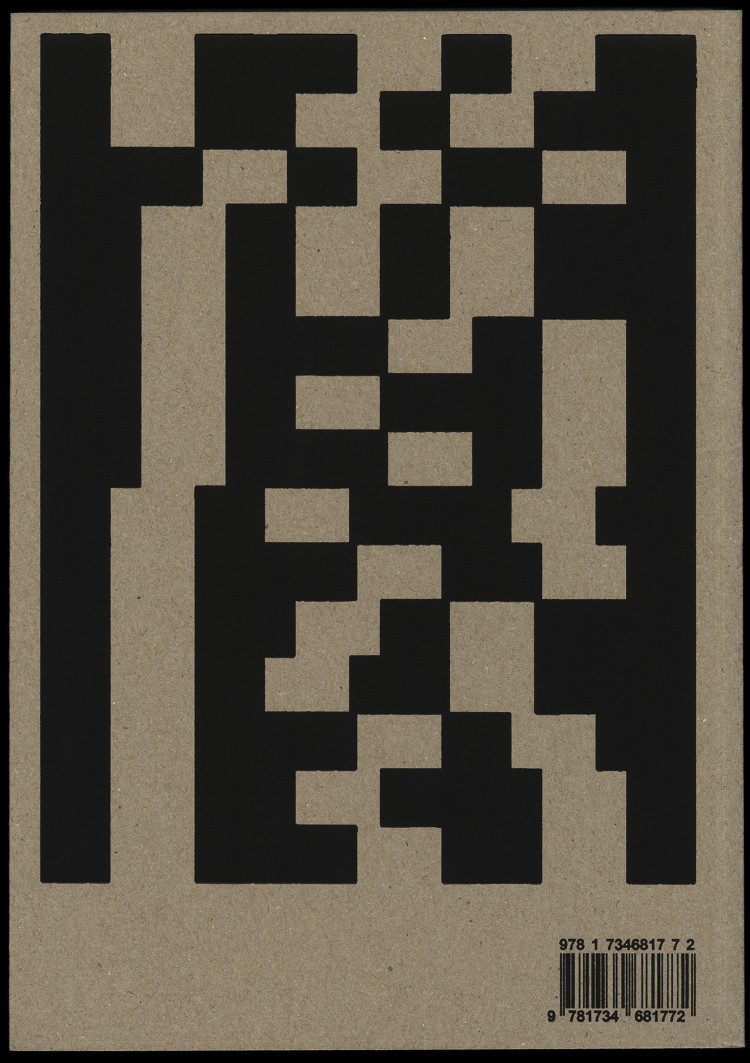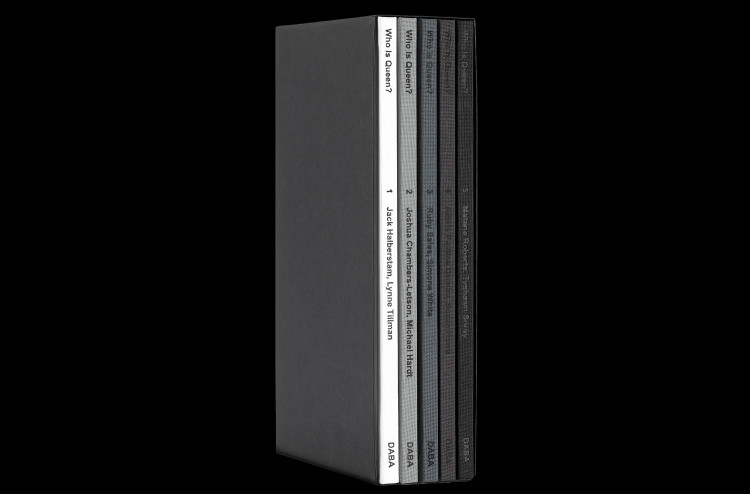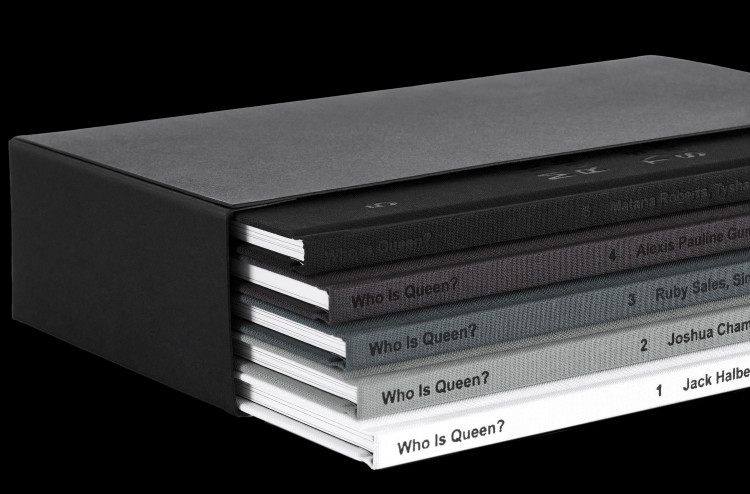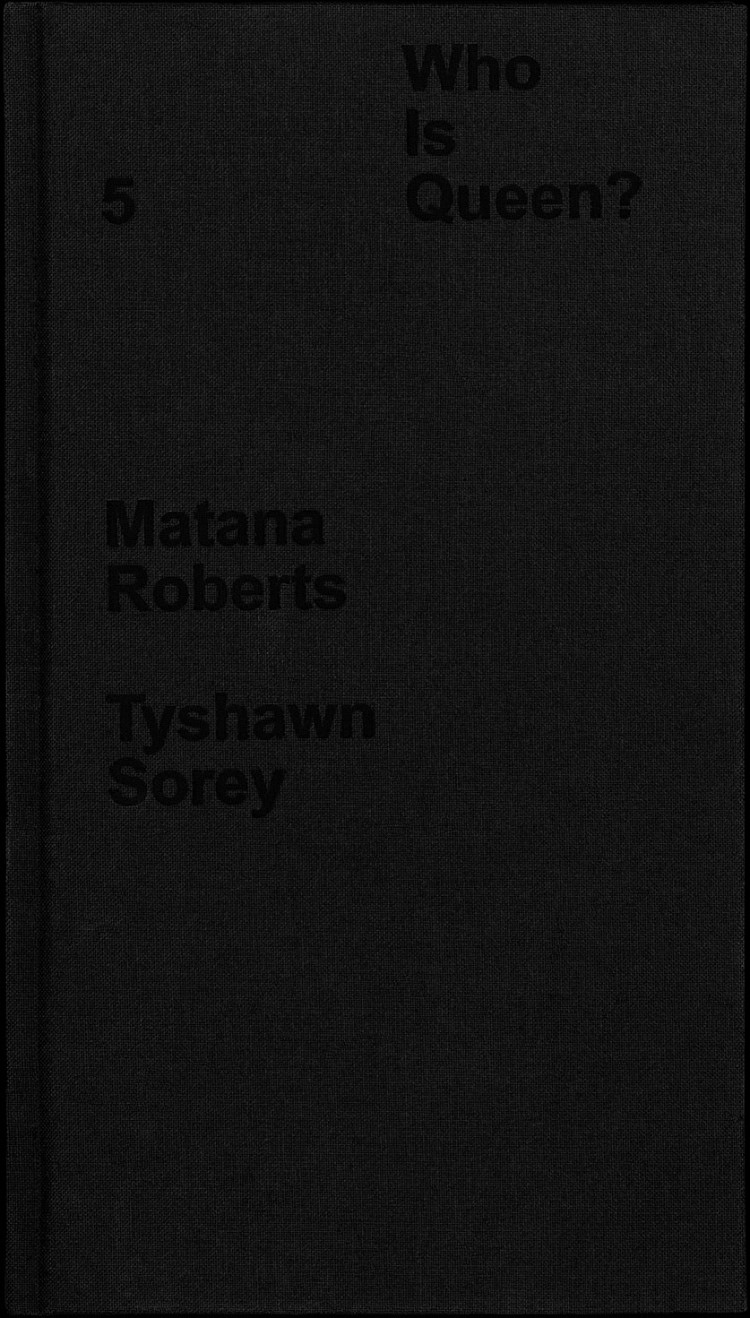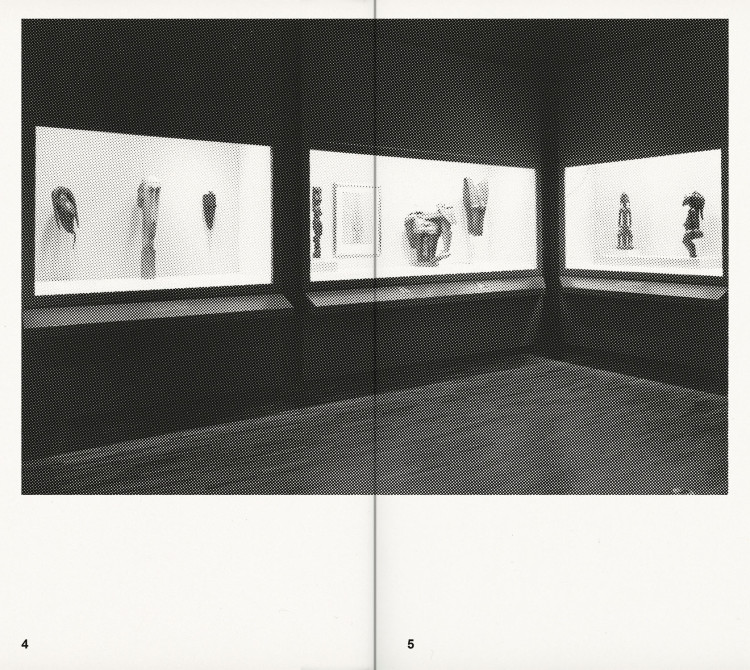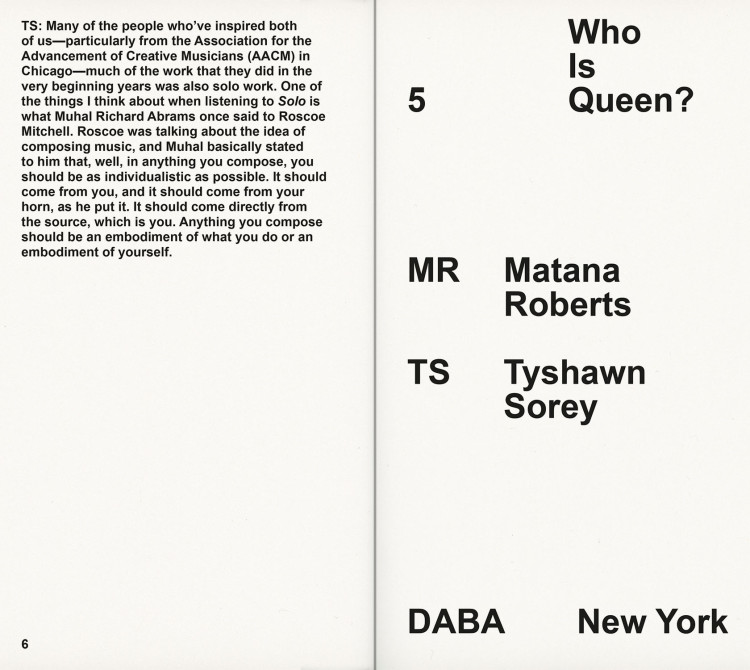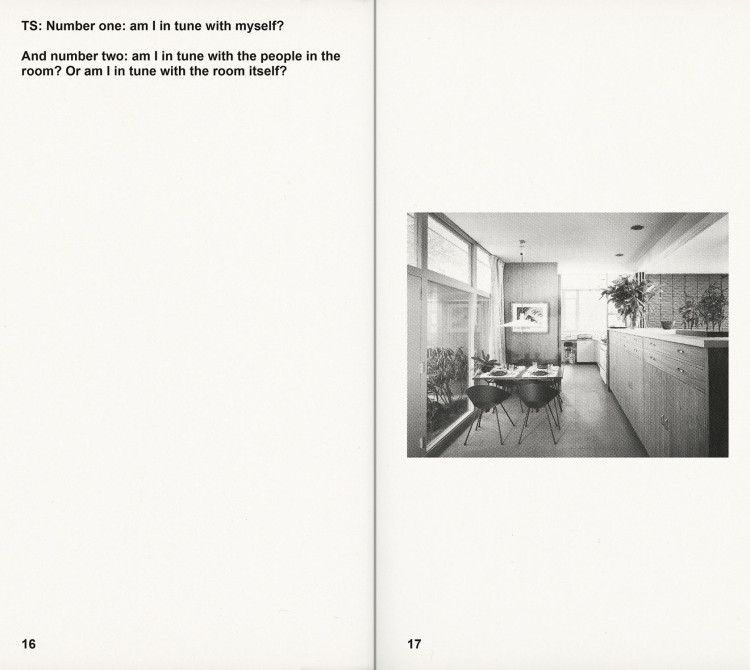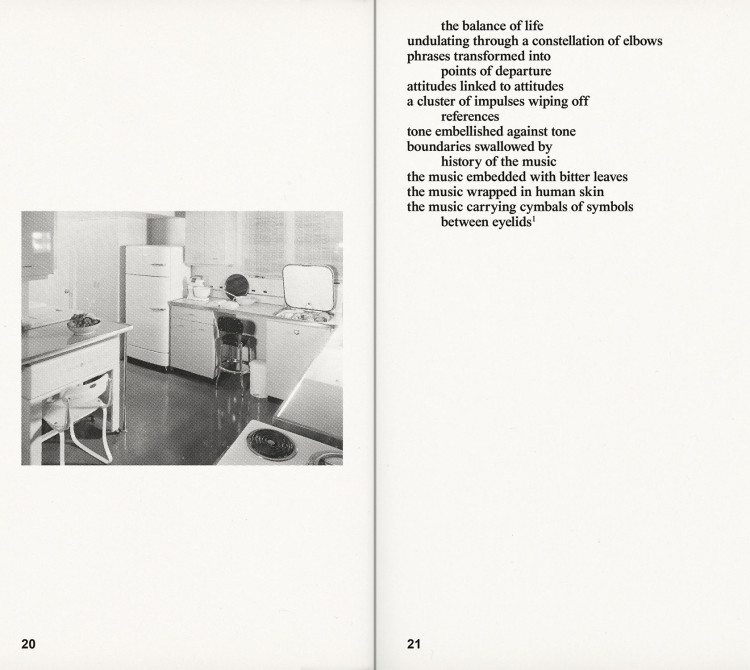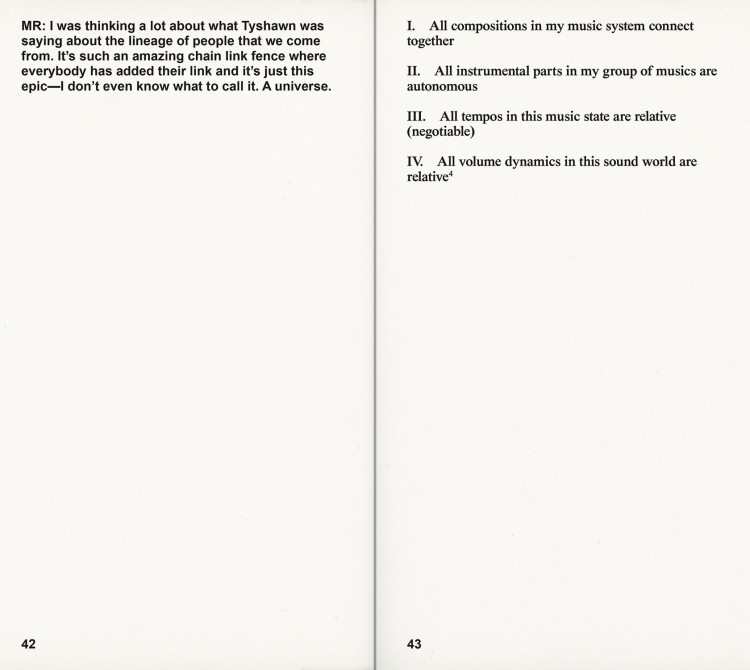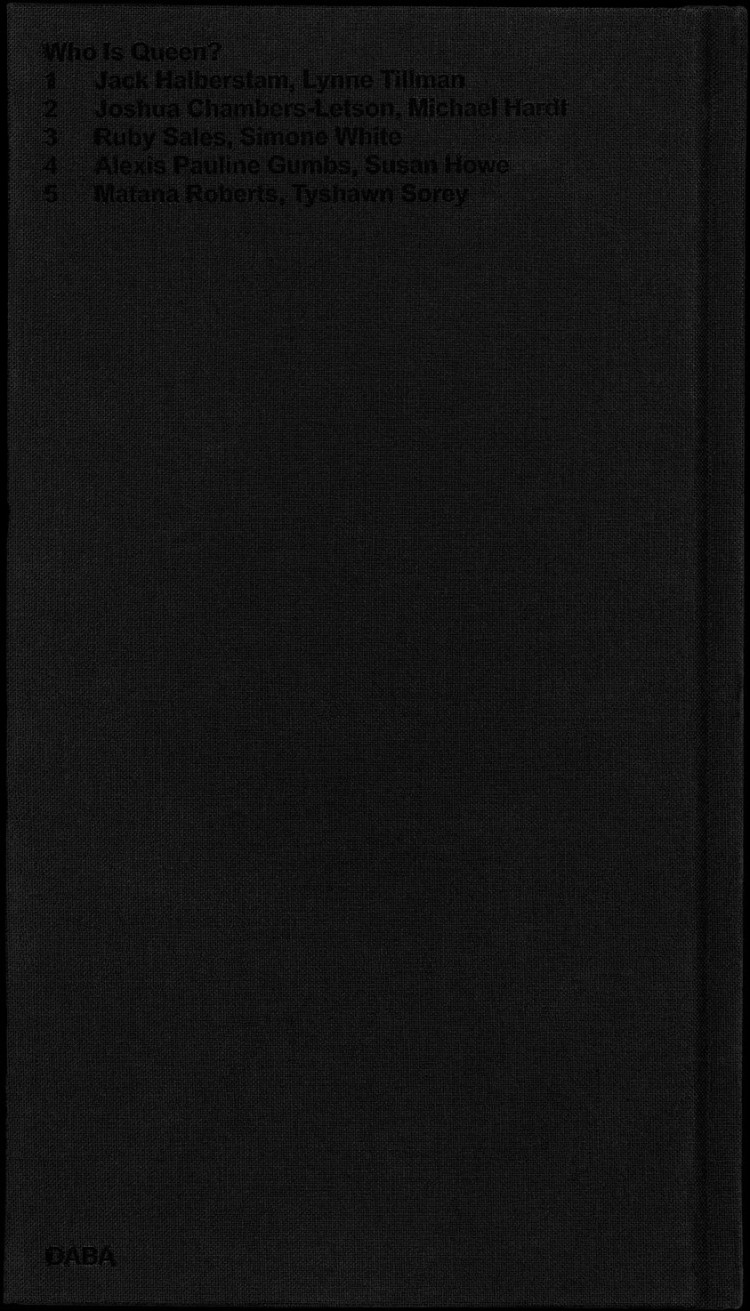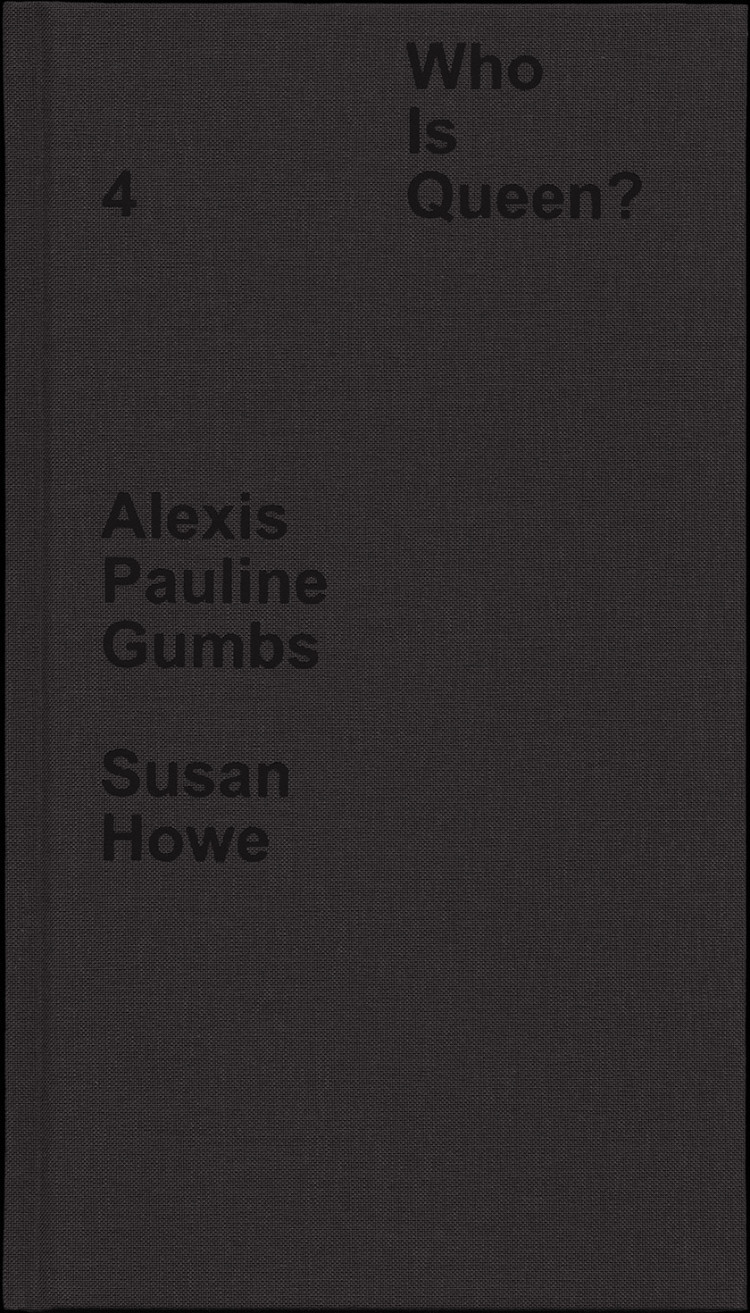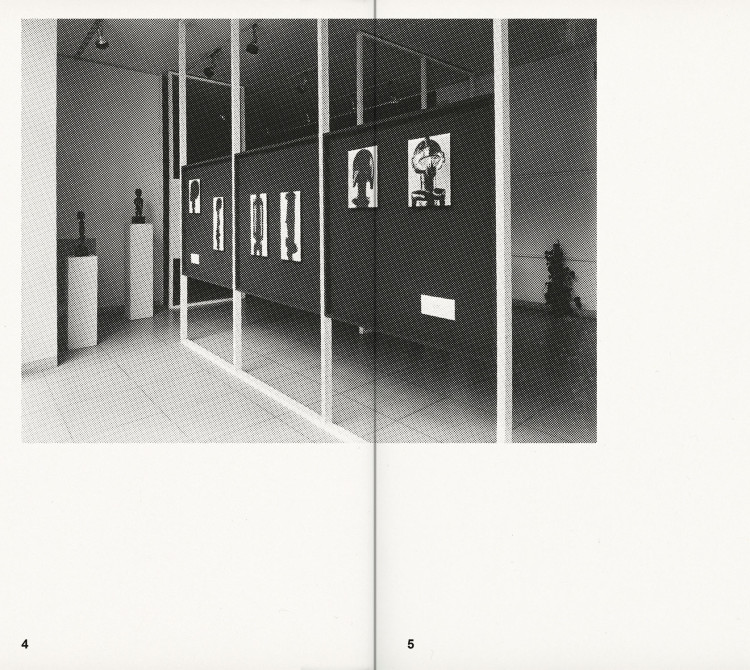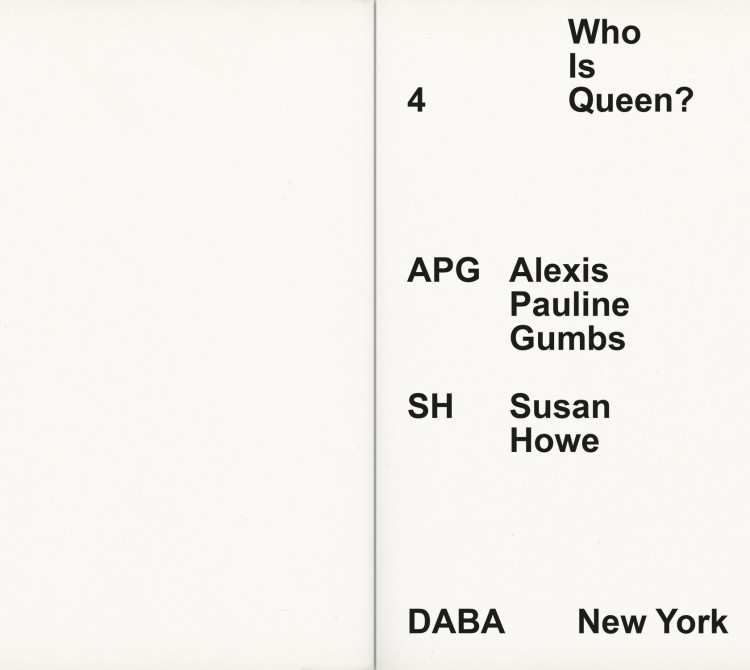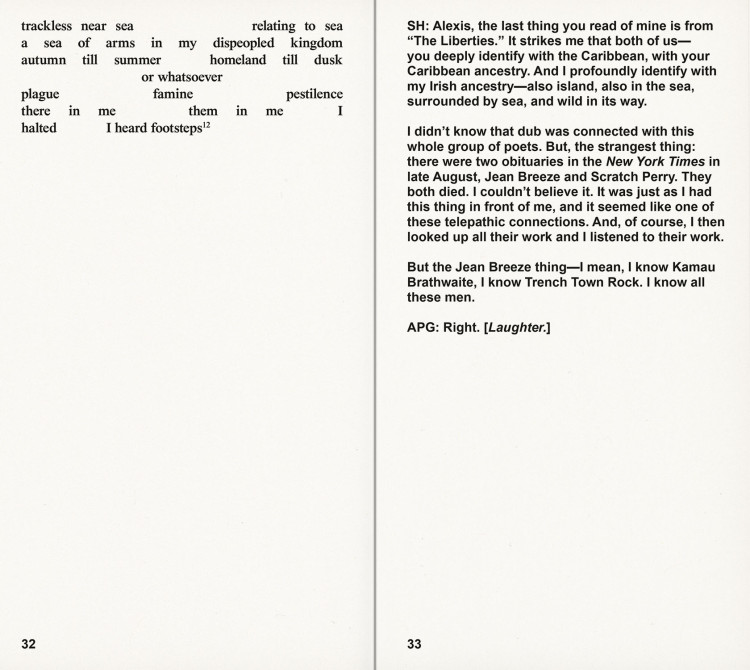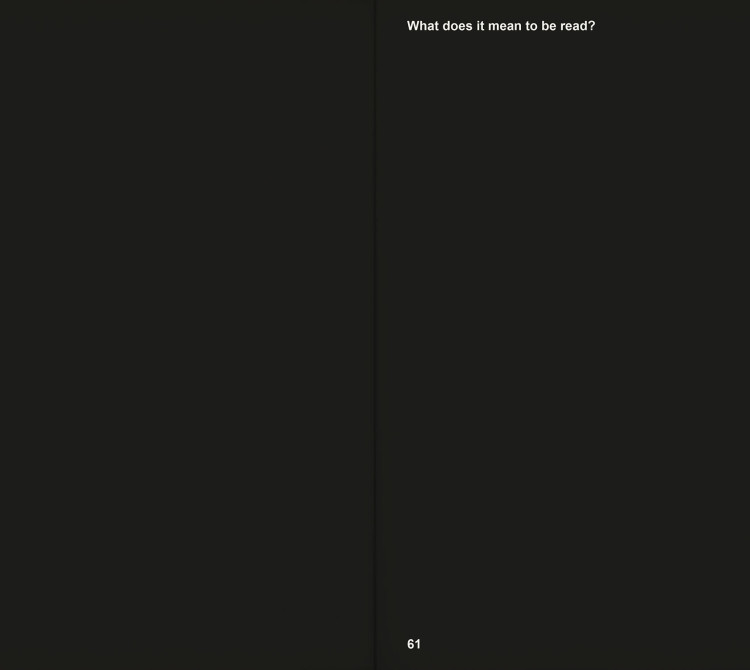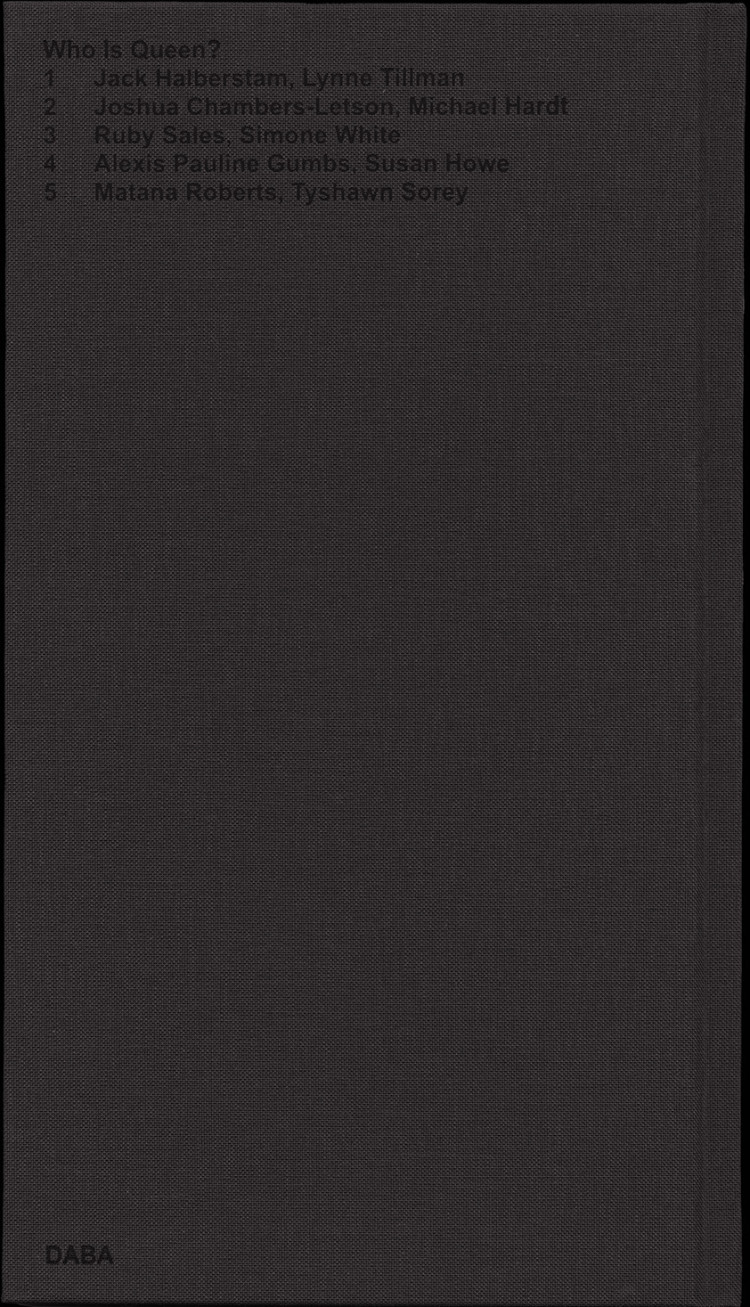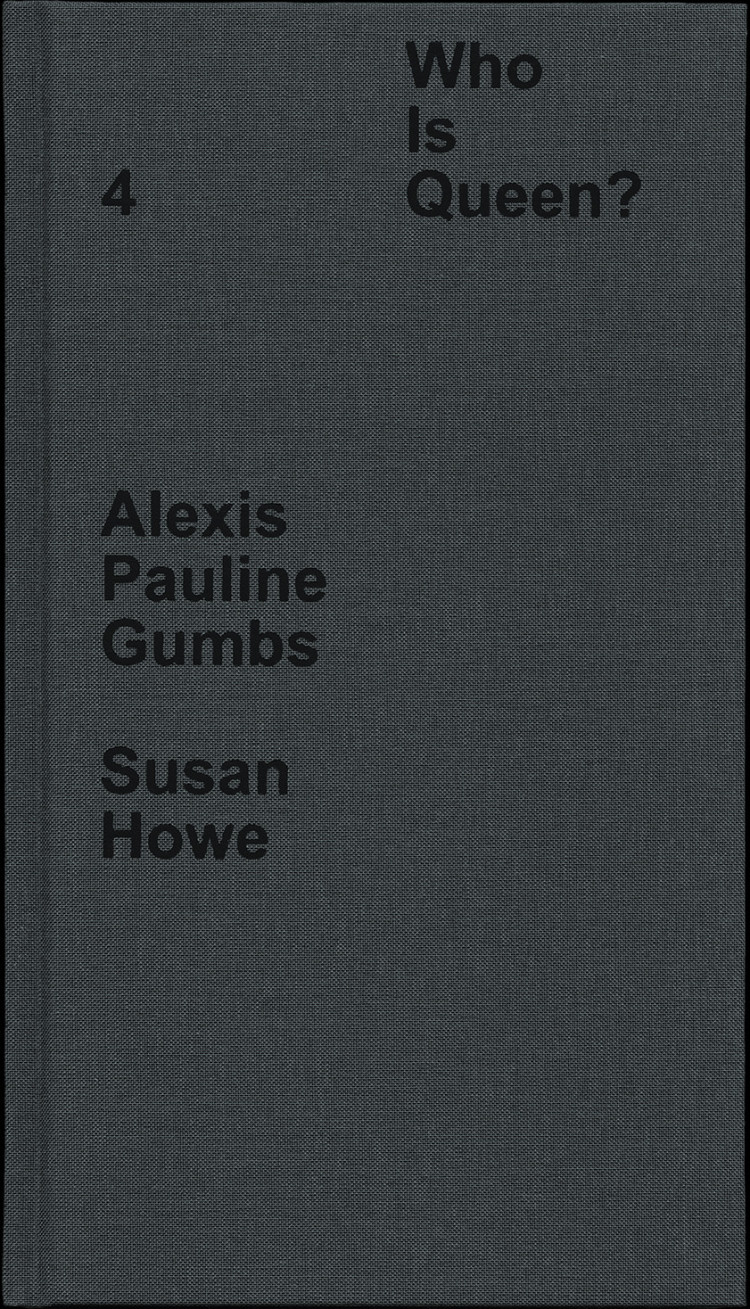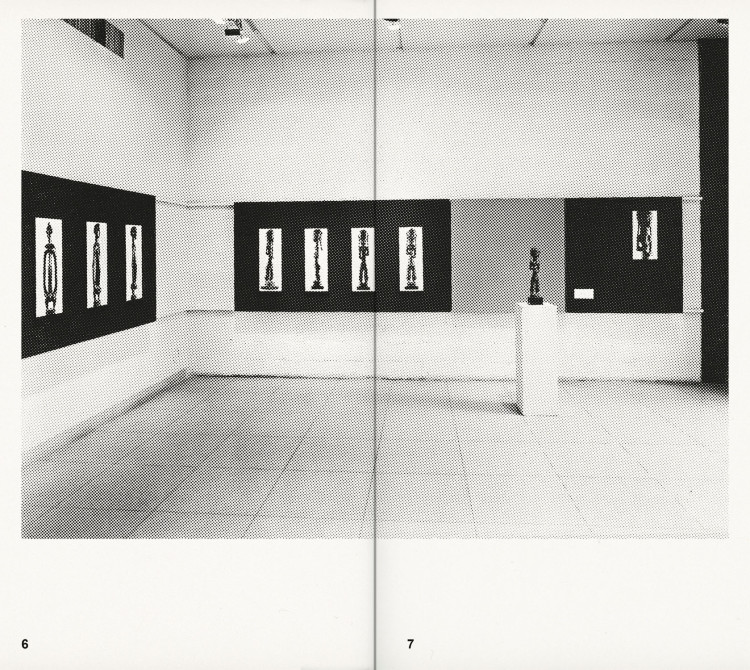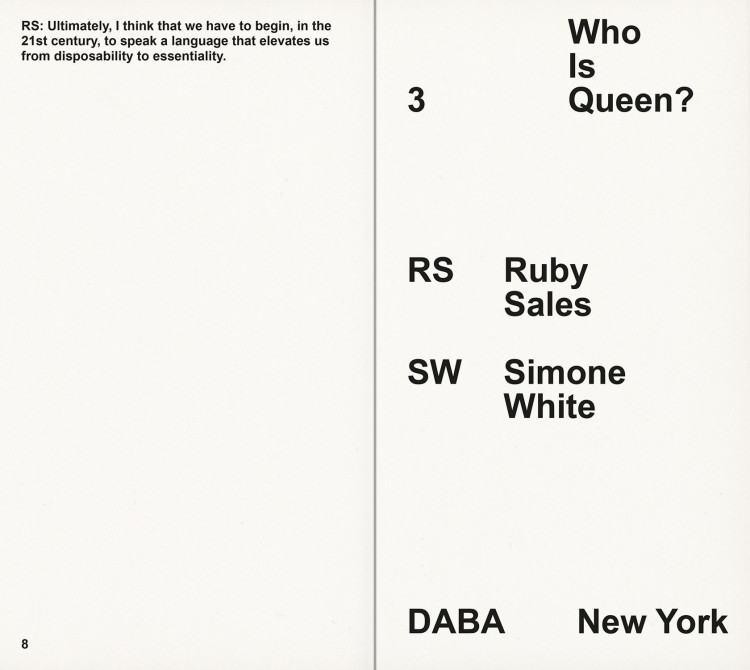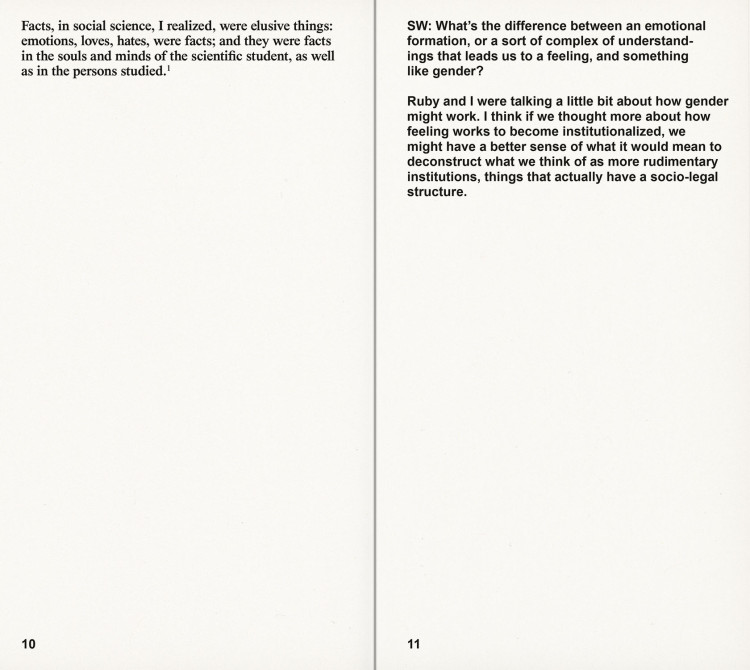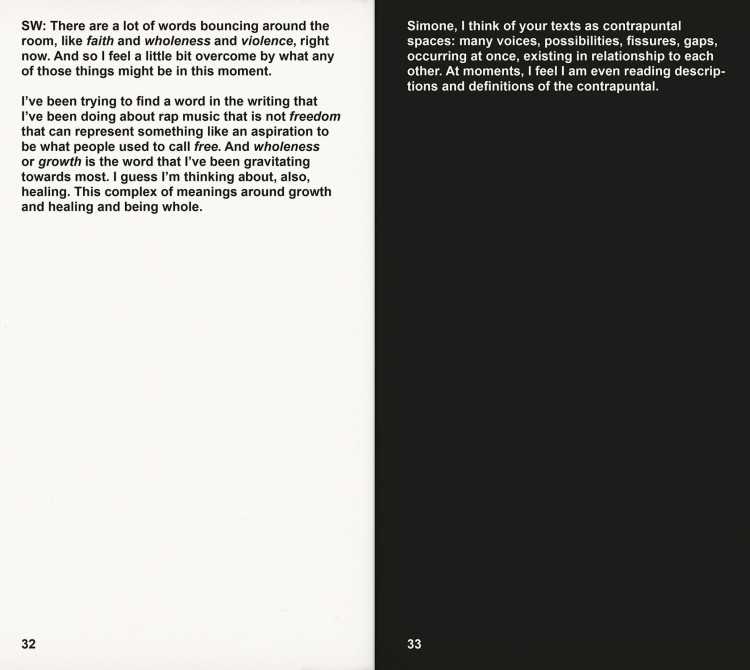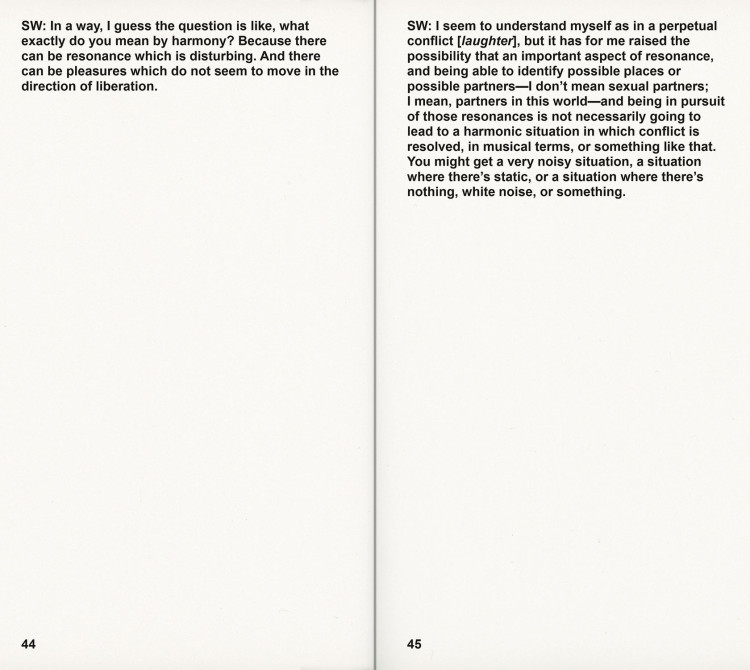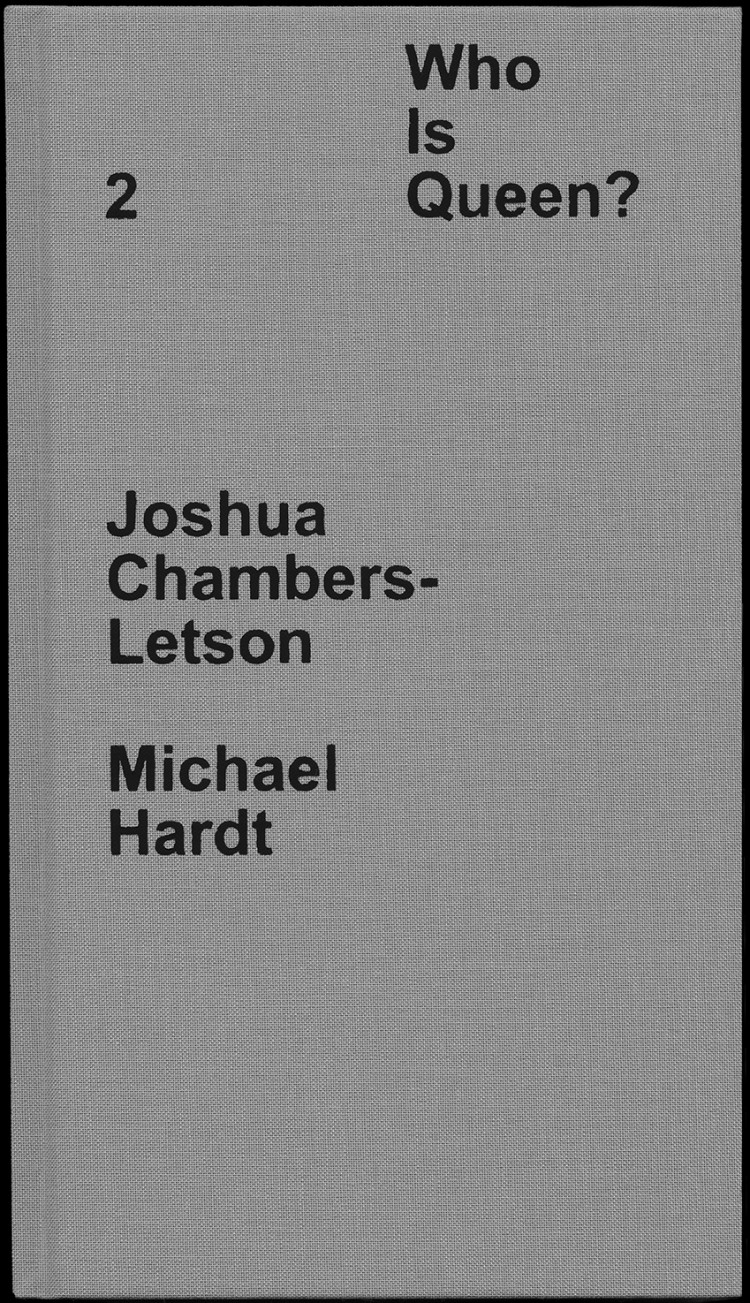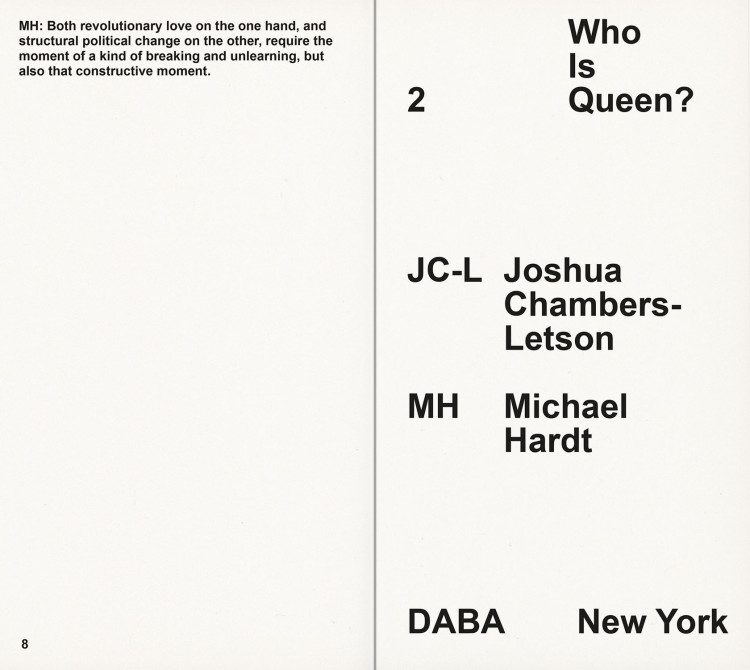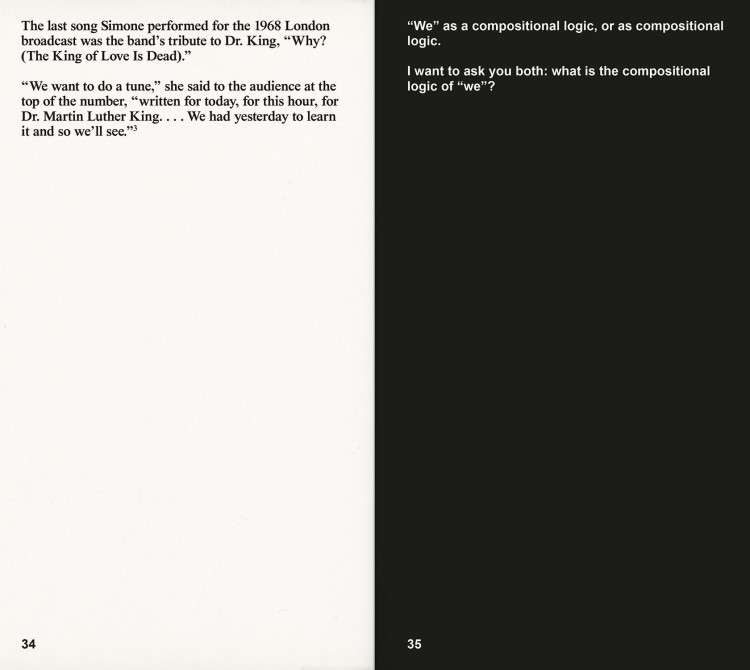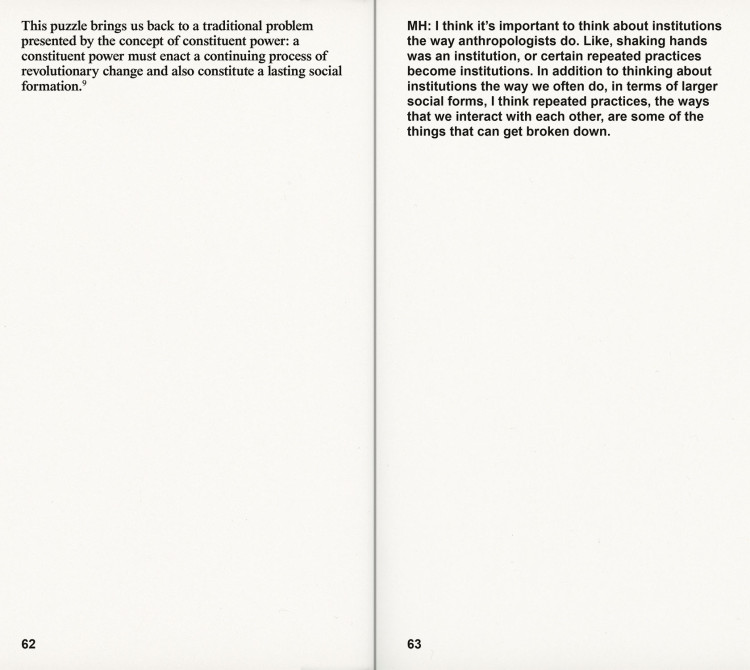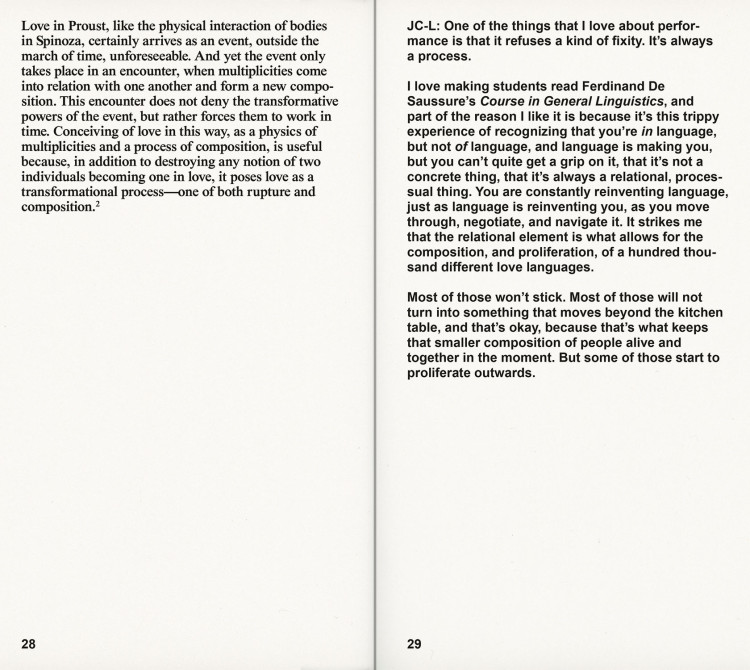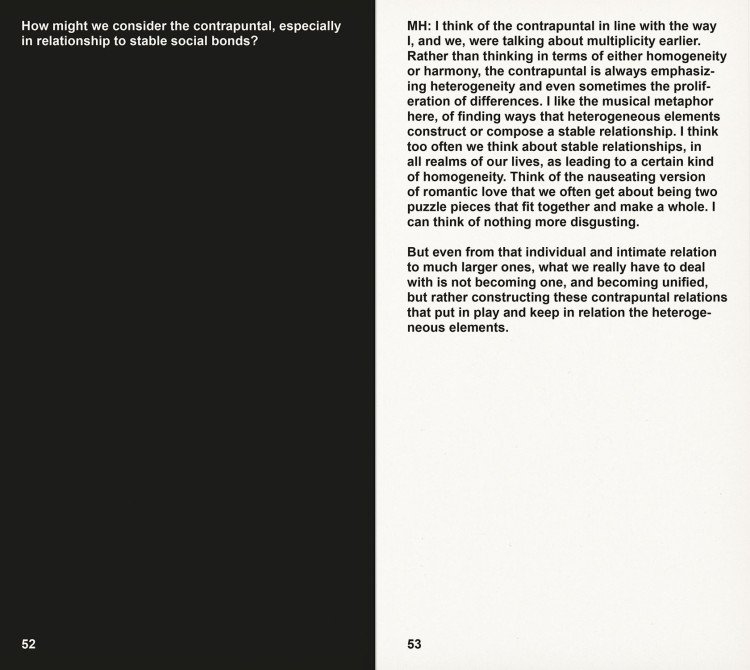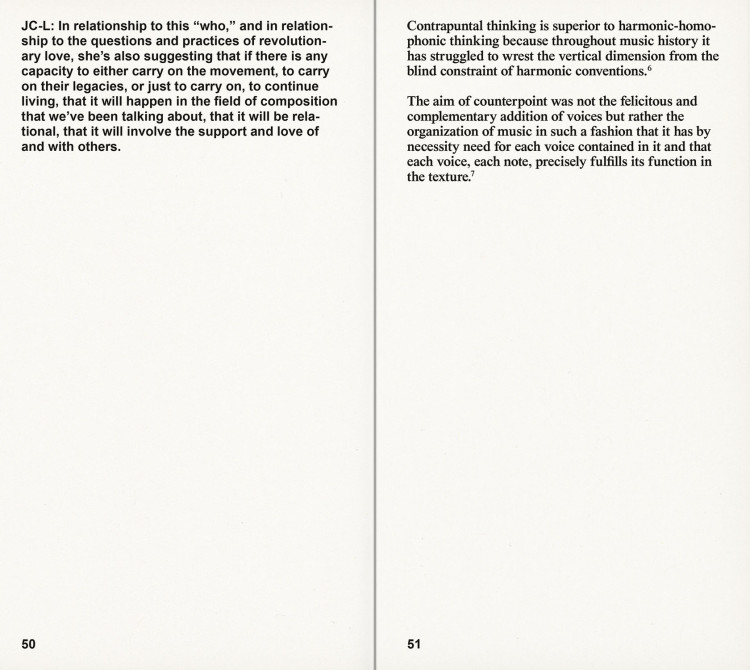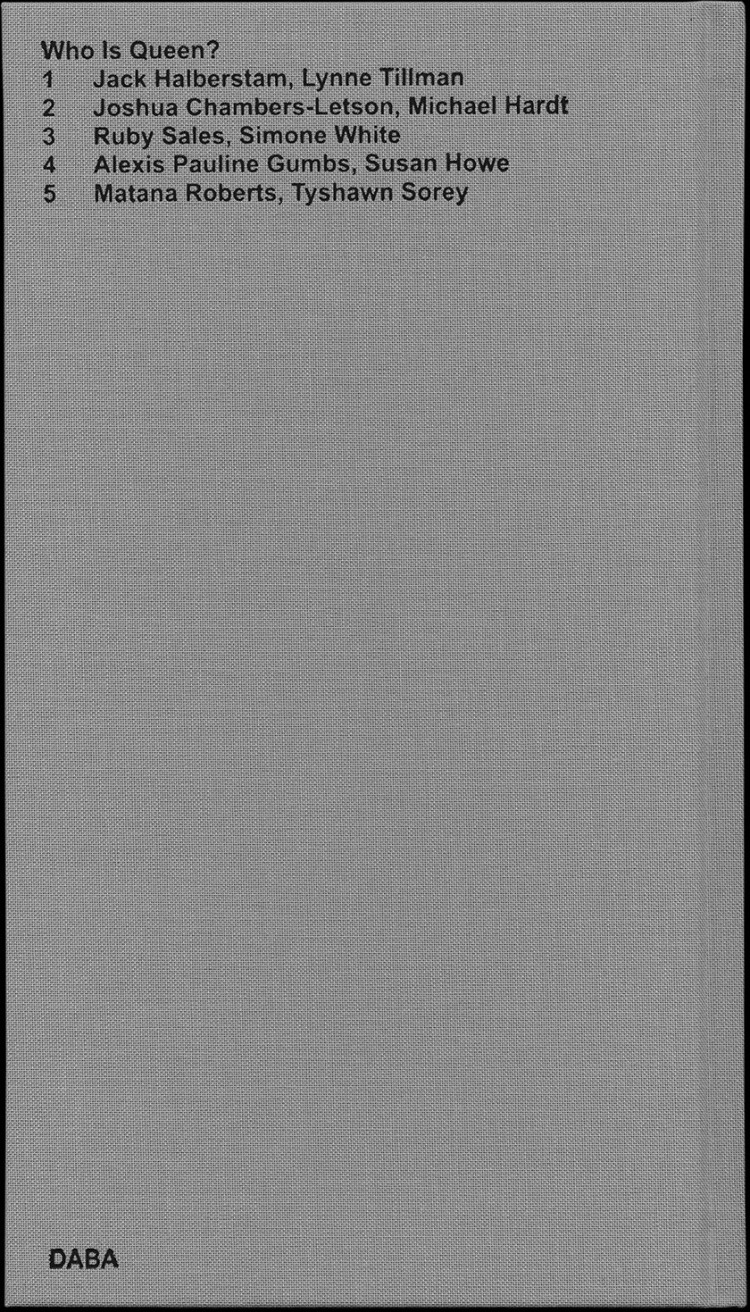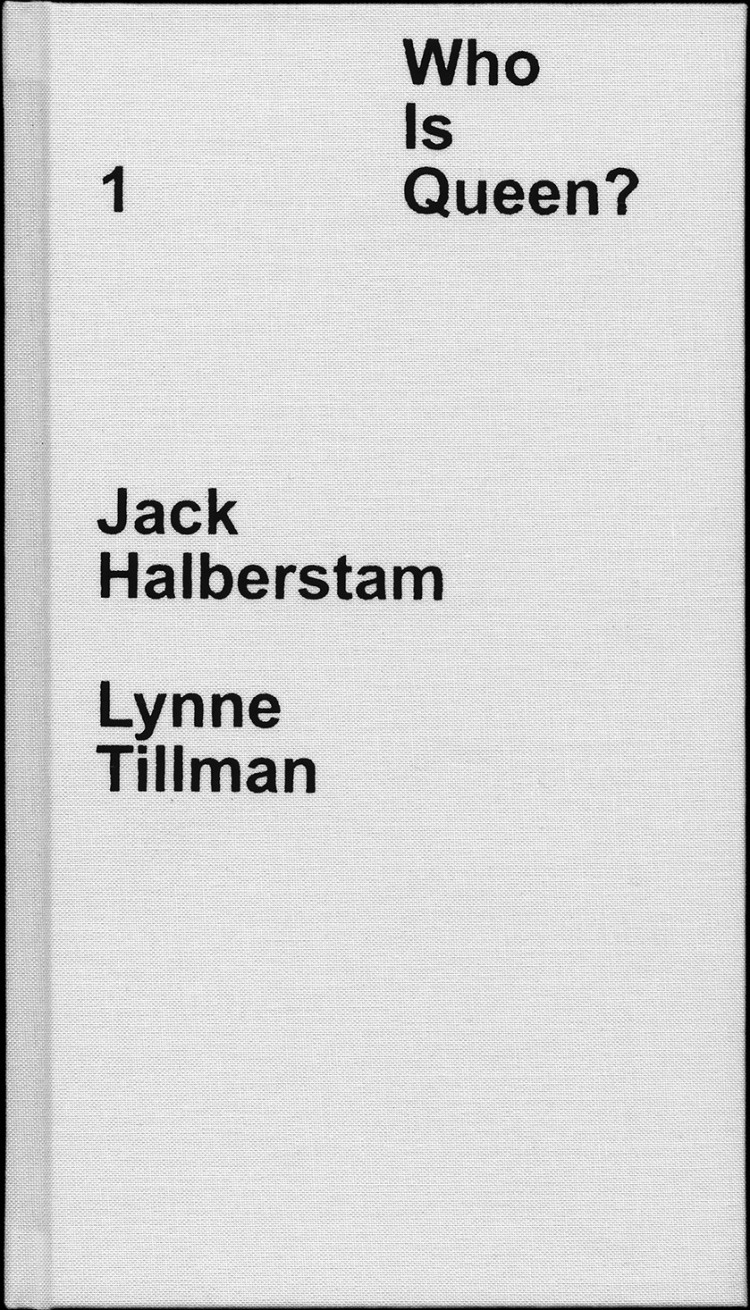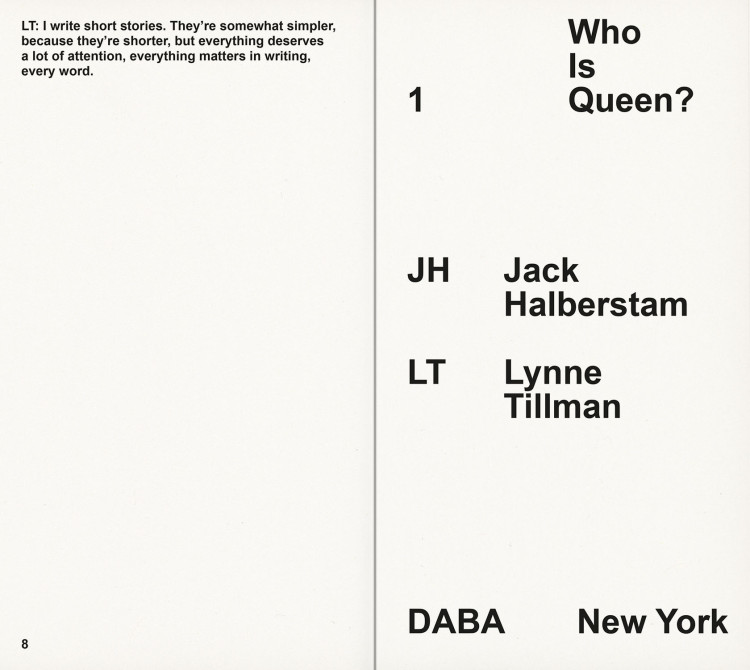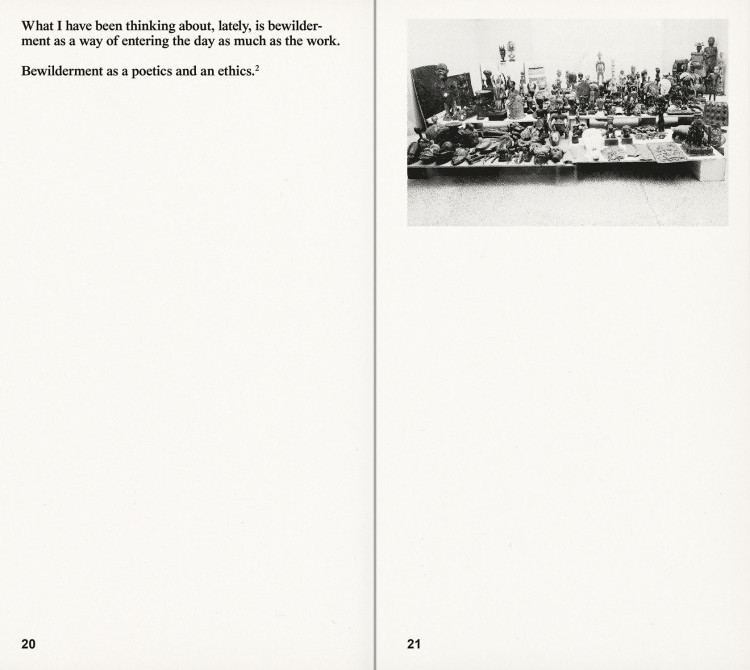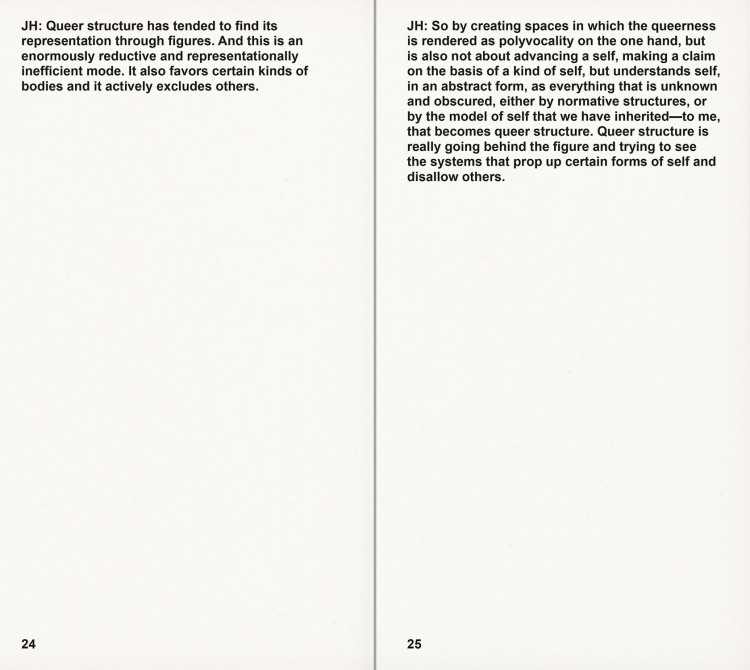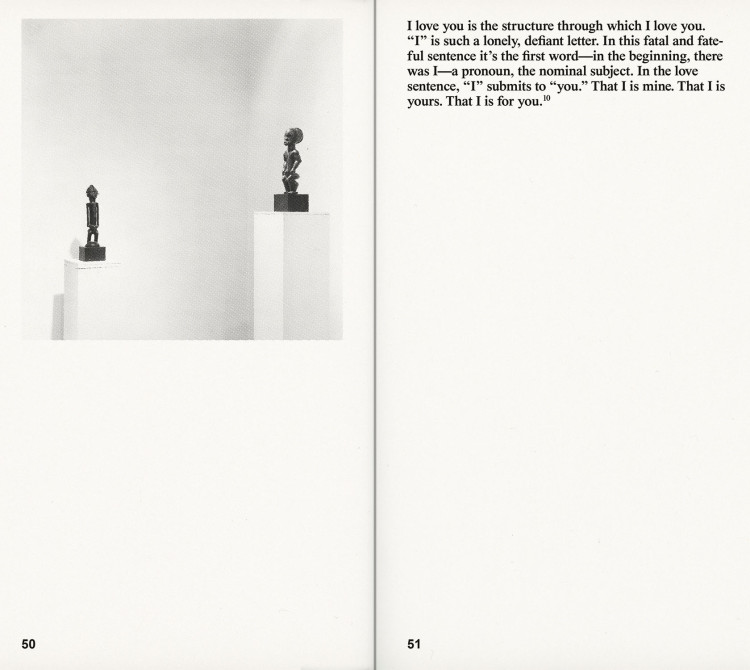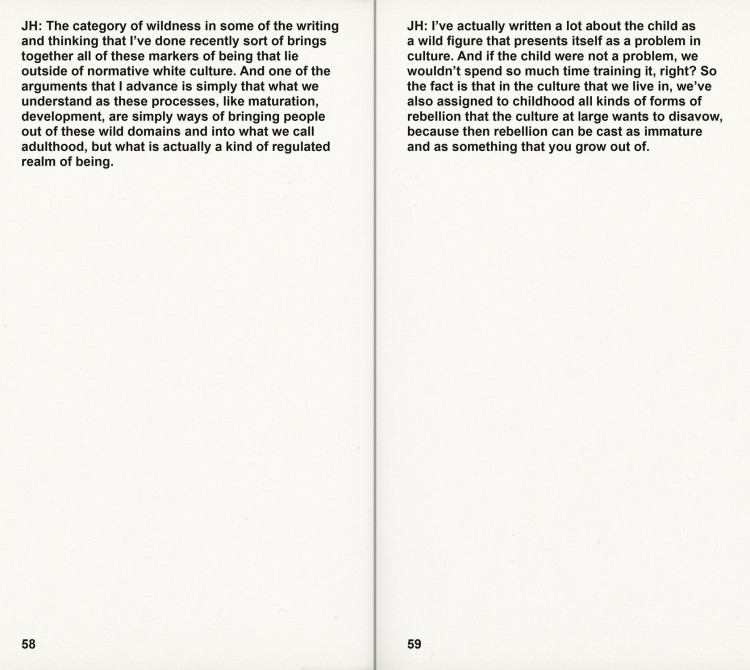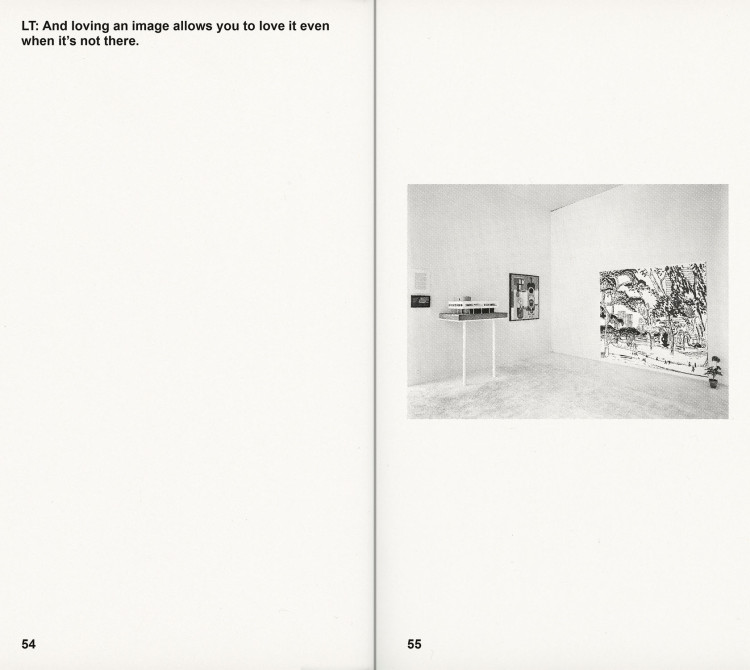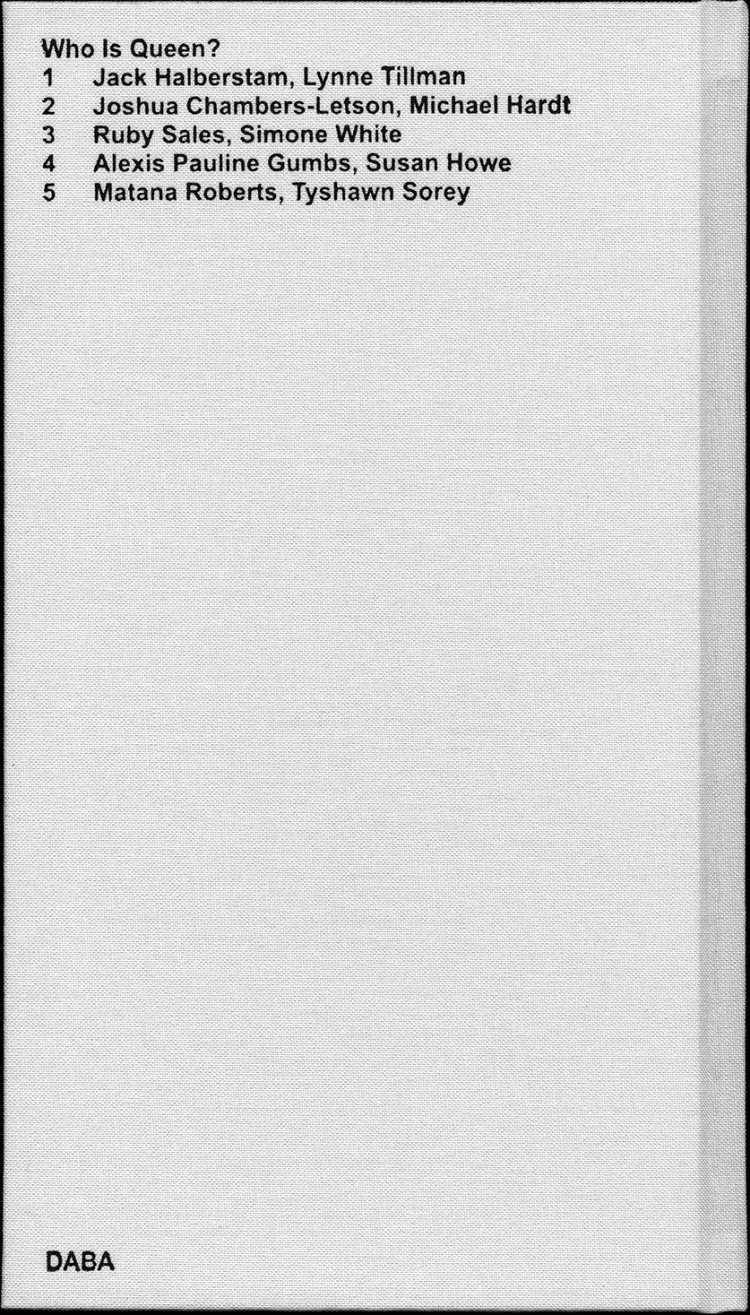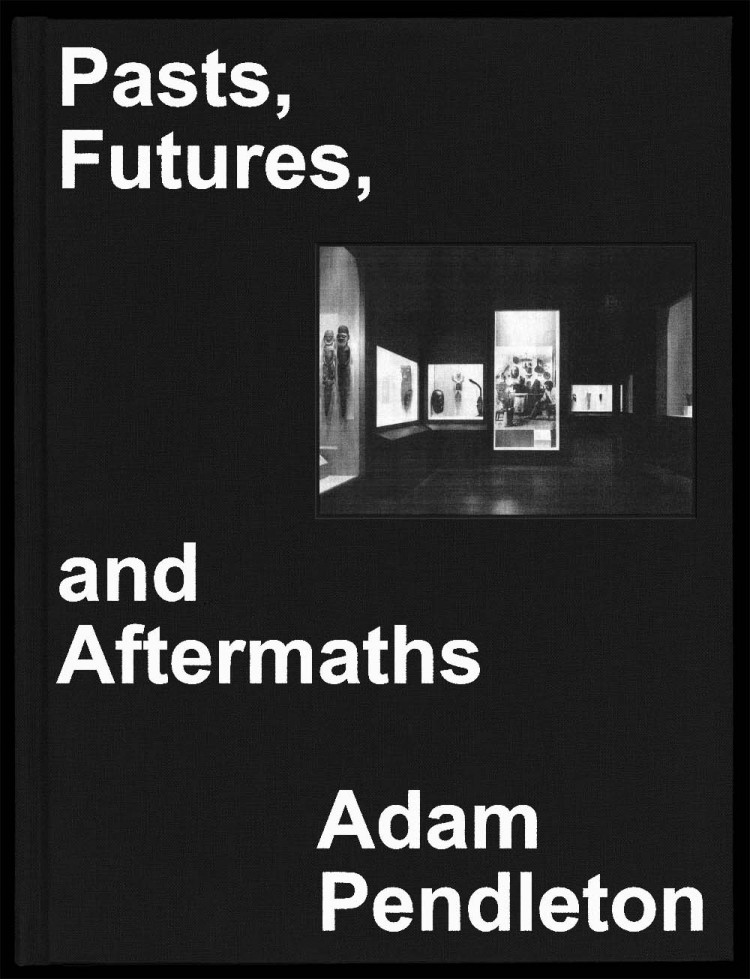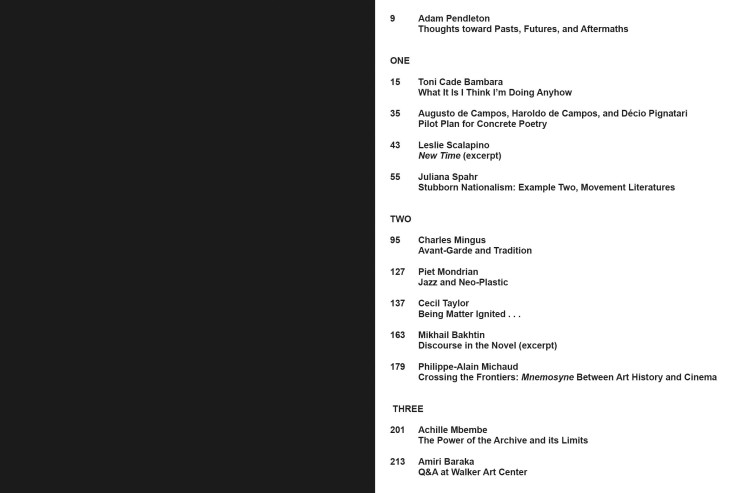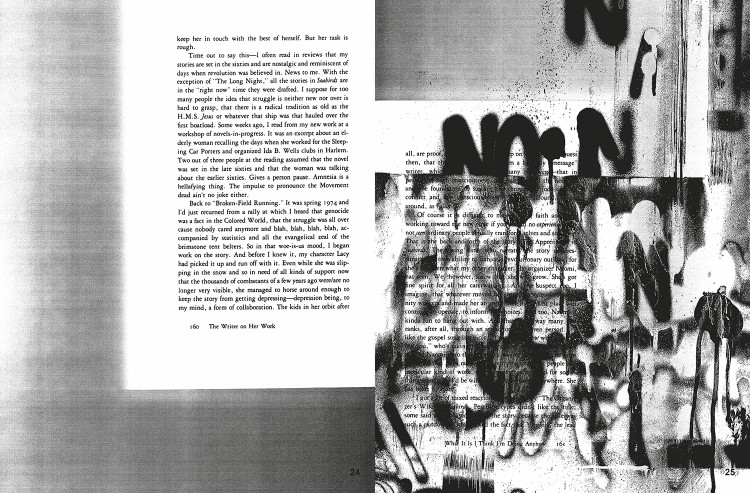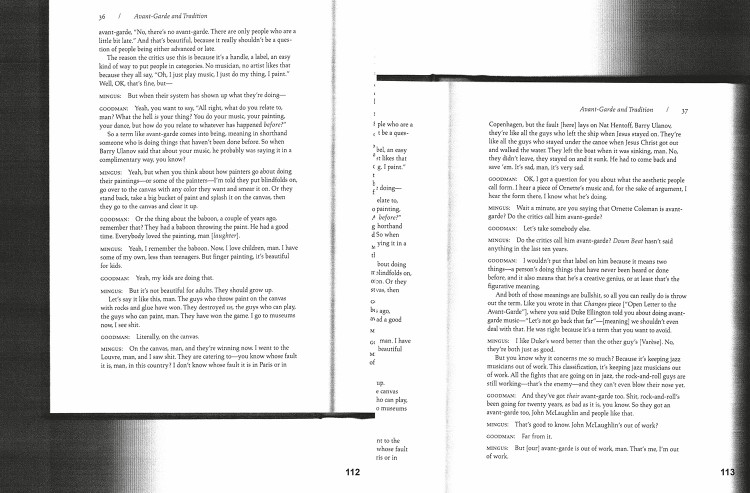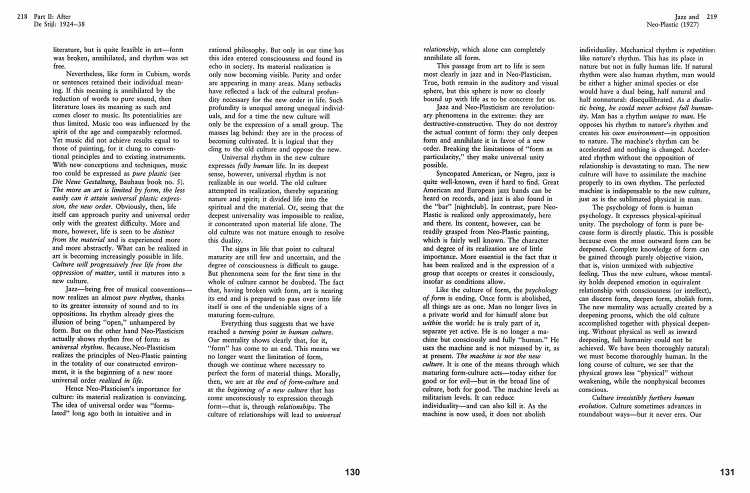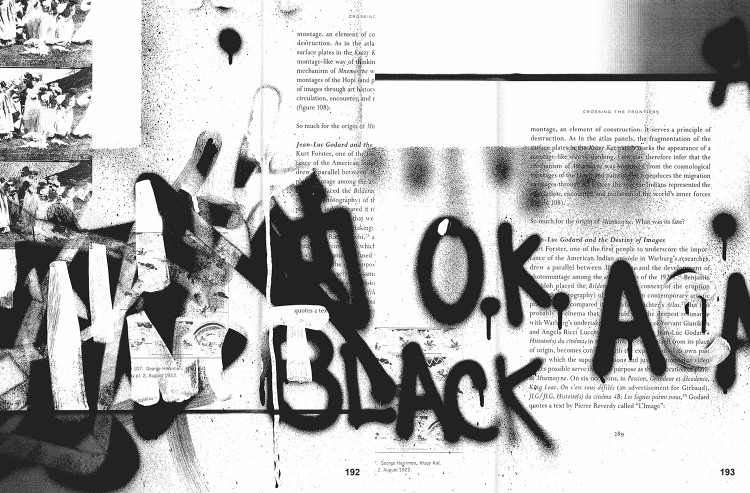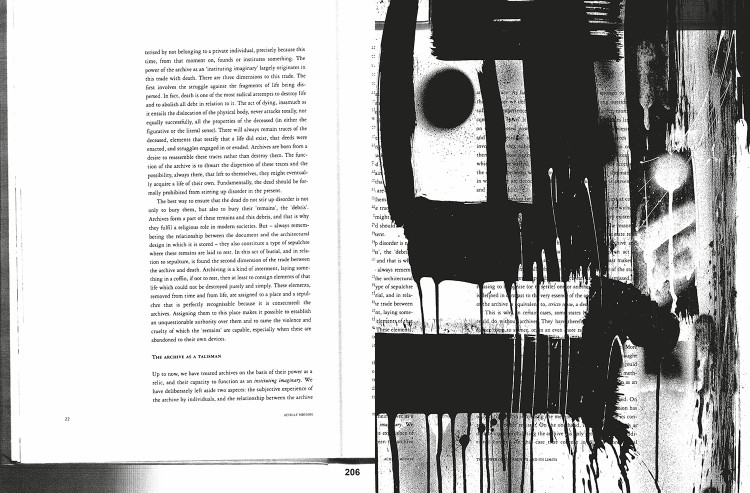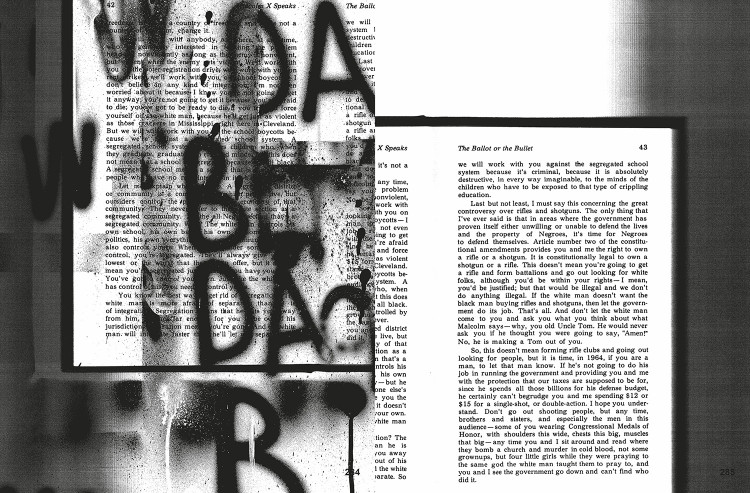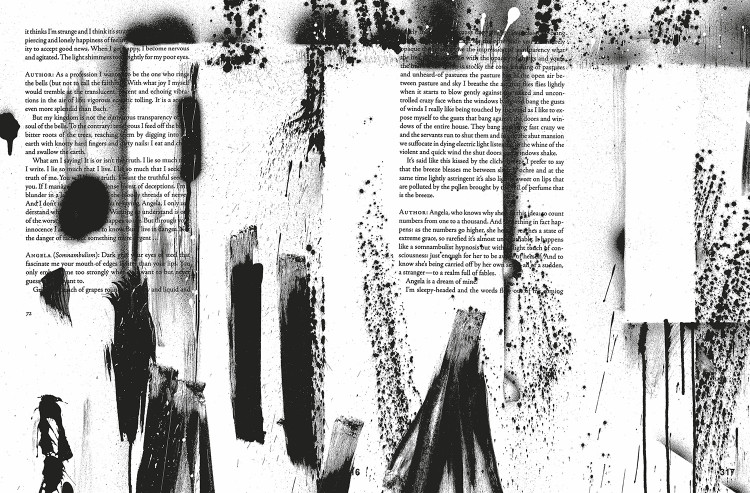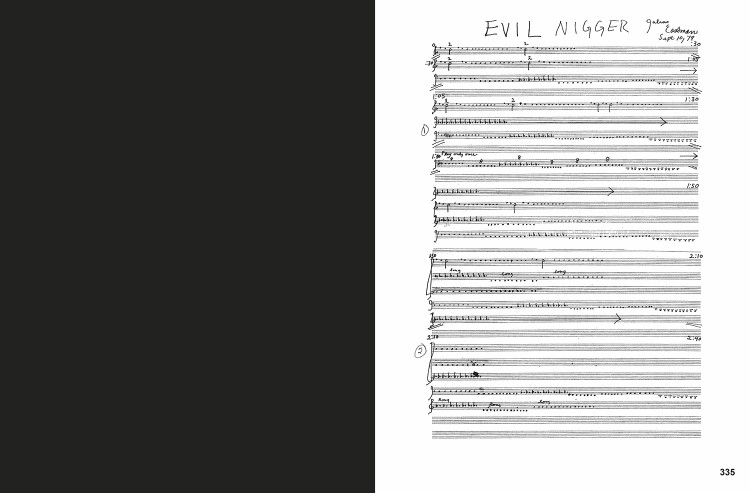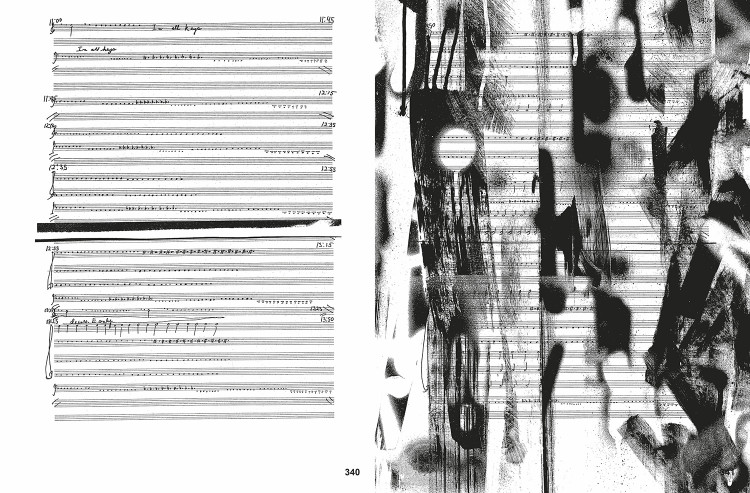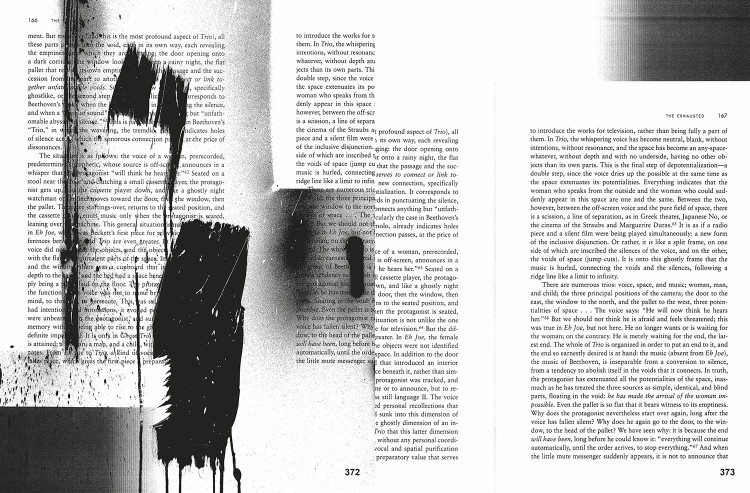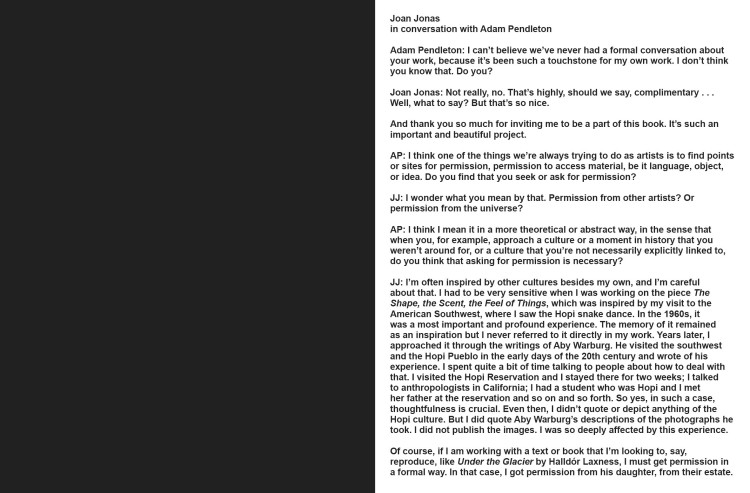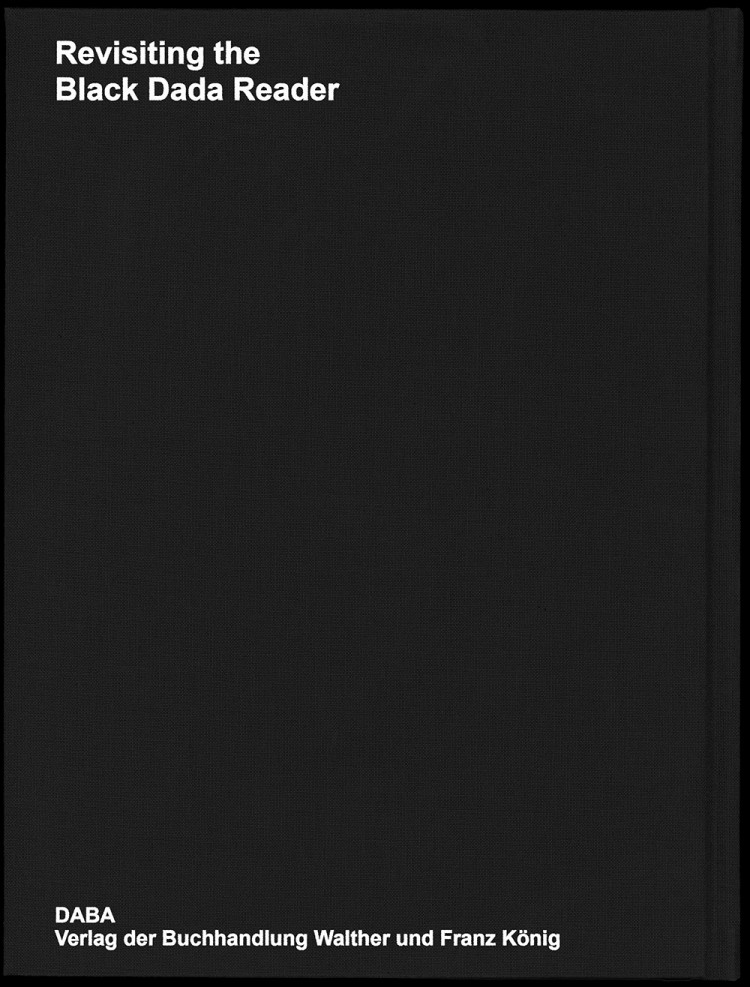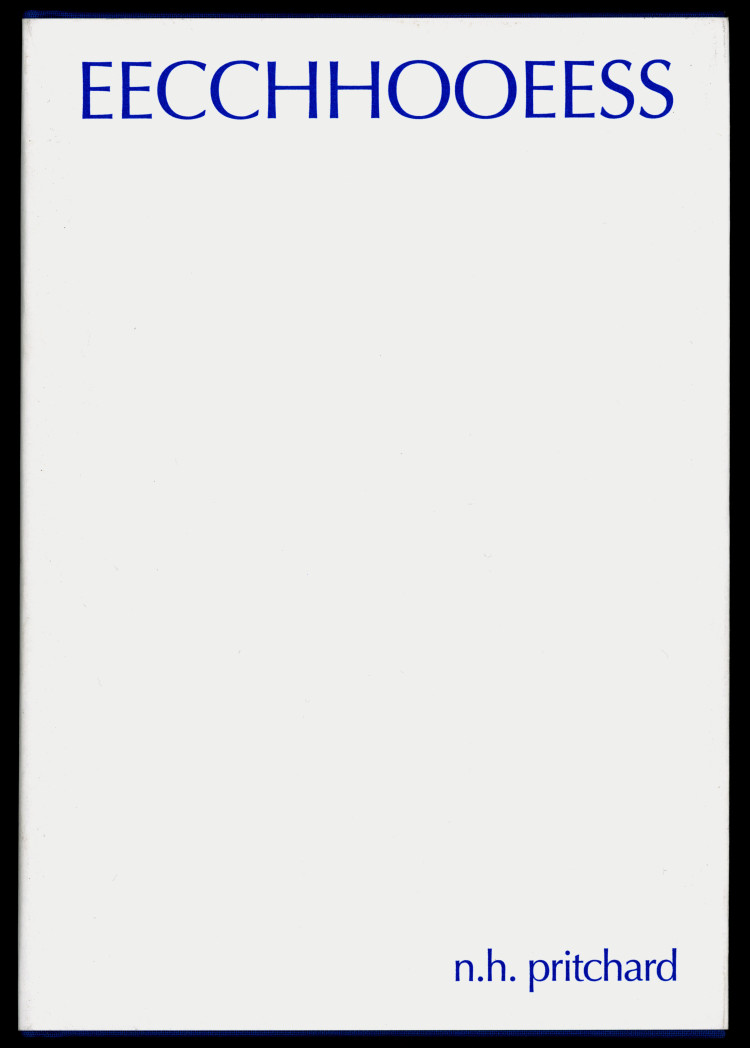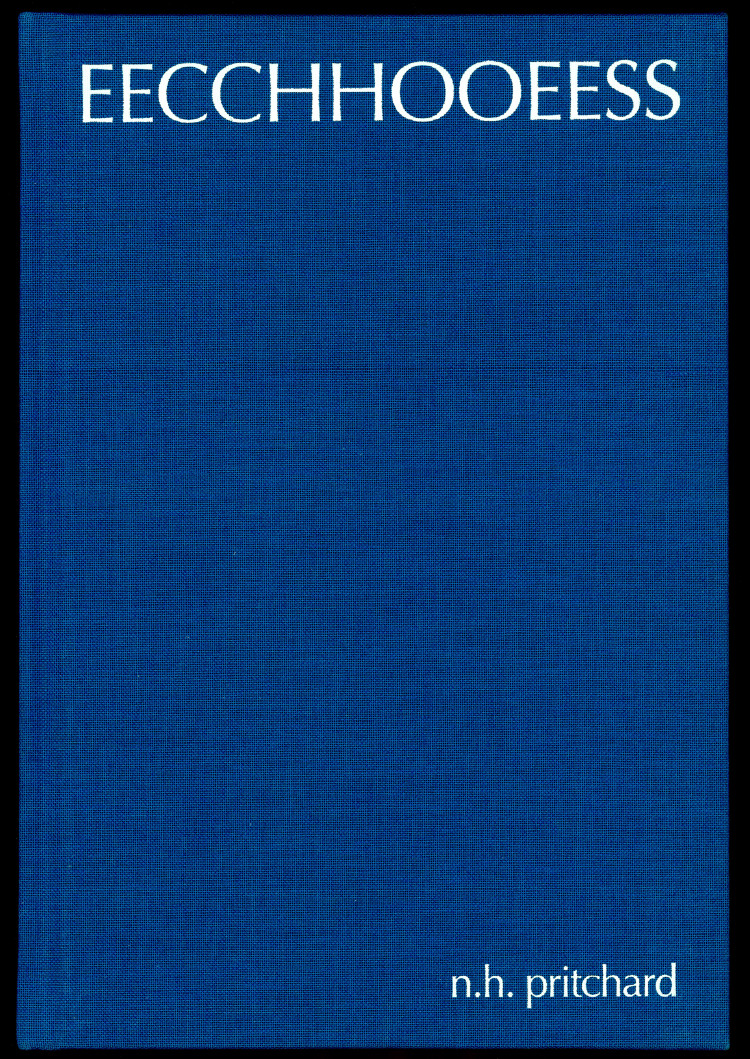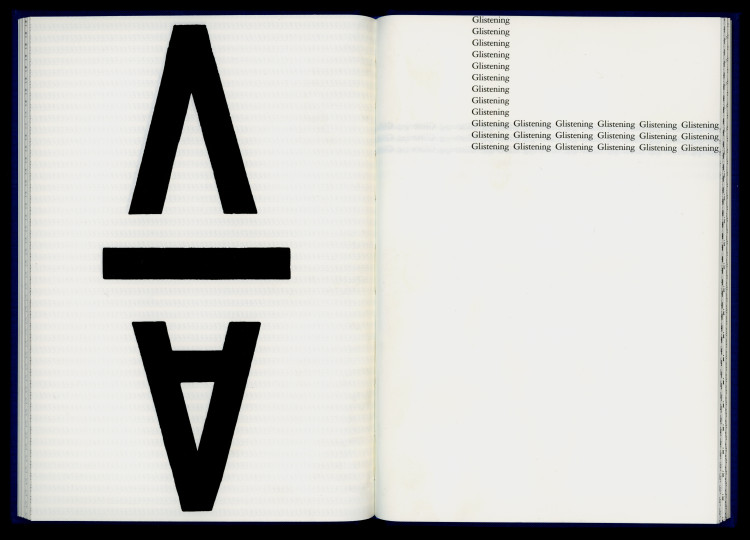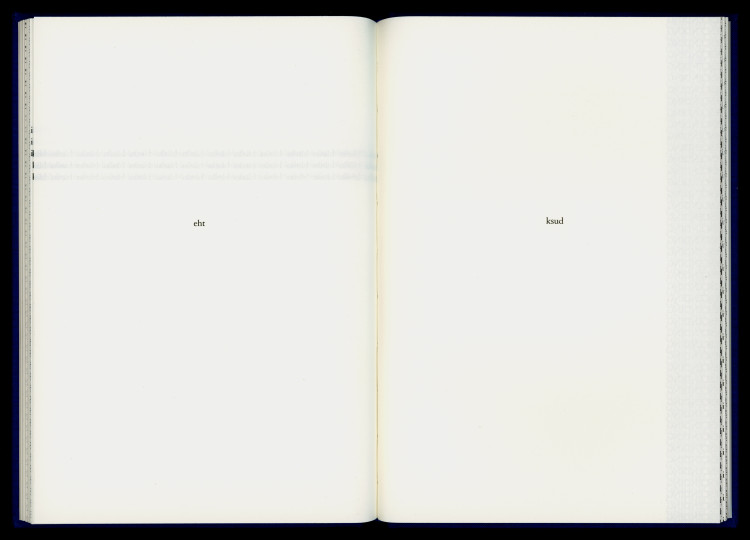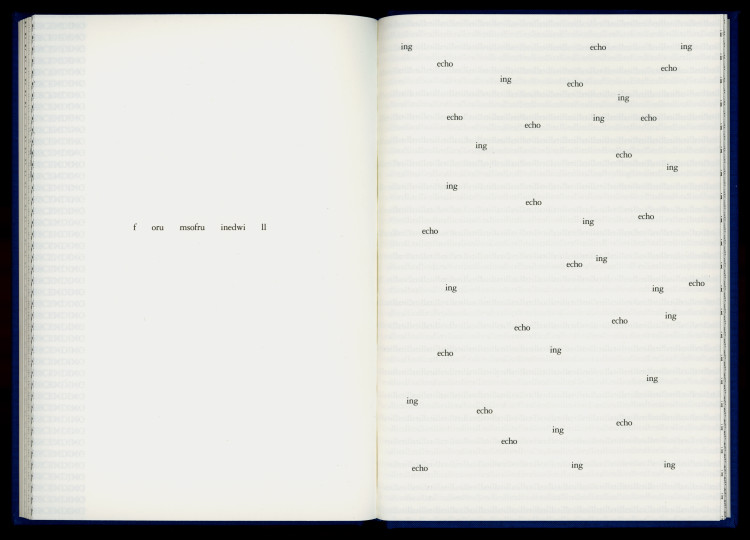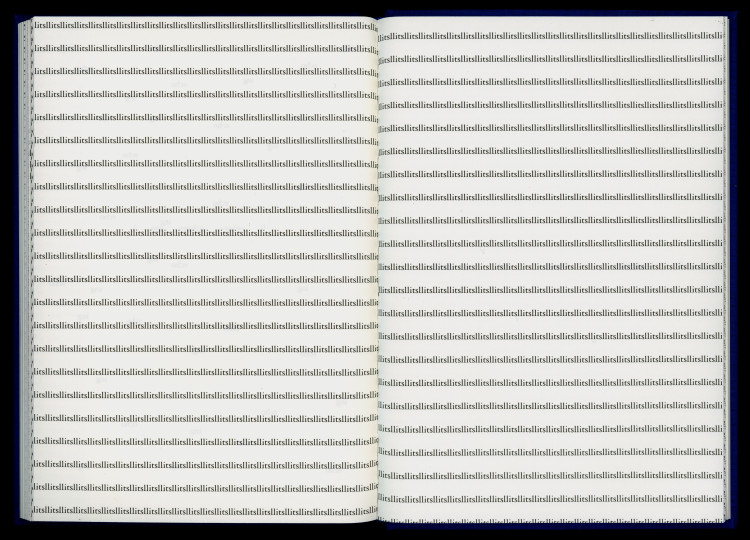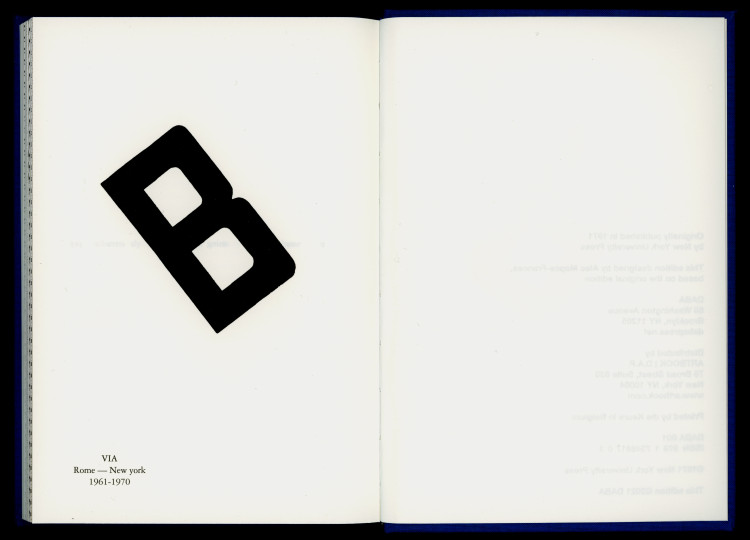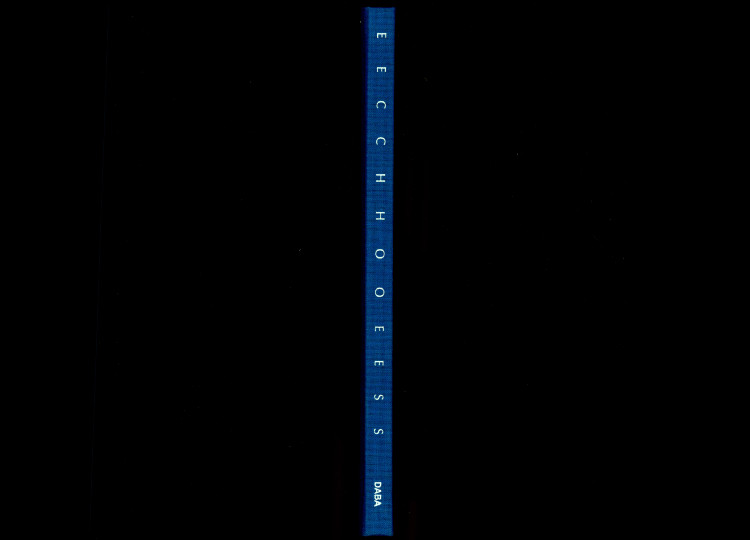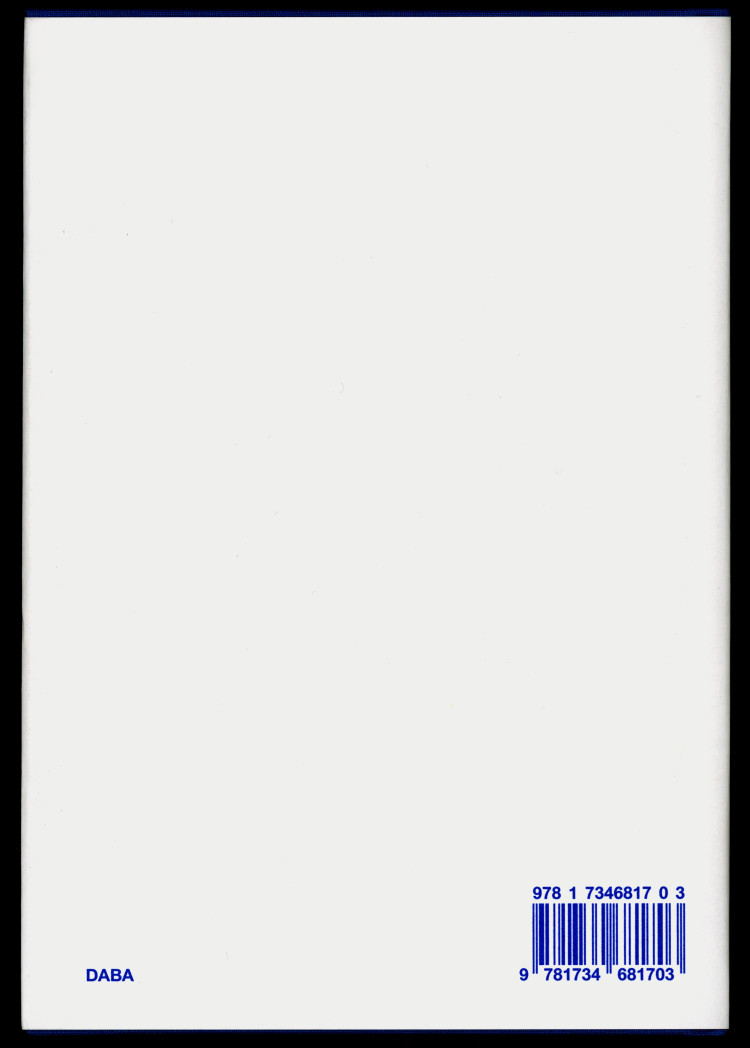-
DABA 012Adam Pendleton: Love, Queen2025
-
DABA 011979 8 9889500 0 4Joan Jonas2024
![]()
![]()
![]()
![]()
![]()
![]()
![]()
![]()
![]()
![]()
![]() 1/11
1/11The installation, performance and video works of American artist Joan Jonas are emblematic of the ’70s–’80s downtown New York avant-garde. Jonas privileged form over content, generating rigorous pieces with thematic concerns such as time, space and feminine subjectivity.
Significant as these works are, other parts of Jonas’ diverse and dynamic oeuvre deserve their due attention. This book is the first comprehensive catalog to elucidate an under-examined component of the artist’s practice. Fascinated by the tension between motion and transcription, Jonas developed “endless drawings” composed of lines that weave around themselves or through a grid.
Published in conjunction with an exhibition at The Drawing Center, this volume examines several decades of Jonas’ drawing practice. The drawings are accompanied by extensive images from the artist’s notable performances and exhibitions. -
DABA 010978 1 7346817 9 6Jena Osman: A Very Large Array2023
![]()
![]()
![]()
![]()
![]()
![]()
![]()
![]()
![]()
![]()
![]()
![]() 1/12
1/12A Very Large Array is an extensive collection of poet Jena Osman’s acclaimed work. Spanning more than thirty years, it gathers poems from her published books, as well as from journals and chapbooks long out of print. Osman’s writing is relentlessly inventive, devising countless new formats that combine elements of the poem and the experimental essay. From her deep excavations of documentary materials, including maps from nineteenth-century New York and psy-ops leaflets dropped on Afghanistan after 9/11, her poems trace overlooked visual and linguistic incidents across centuries of American history. For Osman, vision and language are closely linked: both are anatomical, cognitive, and cultural processes—processes that are enlisted, as she repeatedly demonstrates, to exploit and entrench power. When she feeds streams of “official” language—from Supreme Court opinions to the procedural chatter of Predator drone pilots—through the filter of her poetic investigations, the verbal churn that issues forth is as chilling as it is comic.
Jena Osman’s books include Motion Studies, Corporate Relations,
Public Figures, The Network, An Essay in Asterisks and The Character. She lives in Philadelphia. -
DABA 009978 1 7346817 8 9Giovanna Sandri: Capitolo Zero2023
![]()
![]()
![]()
![]()
![]()
![]()
![]()
![]()
![]()
![]()
![]()
![]() 1/12
1/12A key figure—and one of the few women—in the Italian neo-avanguardia movement of the 1960s and 1970s, Giovanna Sandri (1923–2002) was renowned for the fearless experimentation of her visual poetry, which has been featured in numerous Italian collections and journals since the 1960s.
Originally published in 1969 by Lerici Editore in Rome, Capitolo Zero was Sandri’s first book-length work. Composed with dry-transfer lettering instead of a typewriter, it is an experiment in new reading operations. On every page, Sandri dissolves poetry into single letters and punctuation marks—the atomic particles of language—rearranging them in new combinations that preclude conventional meaning. Reading the book is a game for the eyes.
- Press
- Janani Ambikapathy, Poetry Foundation (June 2023)
-
DABA 008978 1 7346817 7 2Brion Gysin: Permutations2022
![]()
![]()
![]()
![]()
![]()
![]()
![]()
![]()
![]()
![]() 1/10
1/10This volume collects, for the first time, all of Brion Gysin’s “permutated poems.” Written between 1958 and 1982, these poems are composed from a brief phrase or sentence whose words are exhaustively or almost exhaustively permuted over the course of each poem. Gysin wrote the texts manually at first, although later, in collaboration with programmer Ian Sommerville, he would generate permutation poems with the help of a computer.
There were several versions of many of the permutation poems, which were also presented in multiple media; some were published in books, while others exist only as audio recordings. Many of them derive from a 1961 BBC radio commission, “The Permutated Poems of Brion Gysin,” in which readings of the texts were recorded, cut up, modulated, and overlapped. The present collection brings together all published and—where transcribable—unpublished versions of each poem, as well as a short expository text by Gysin. The poems are organized in chronological order by first publication or first recording, with further versions of each poem grouped together in chronological order immediately after the initial version. This organization brings distinctions between versions into relief, allowing readers to explore the playful systematicity that undergirds this remarkable body of work.
“The permutated poems set the words spinning off on their own; echoing out as the words of a potent phrase are permutated into an expanding ripple of meanings which they did not seem to be capable of when they were struck and then stuck into that phrase. The poets are supposed to liberate the words—not to chain them in phrases. Who told poets they were supposed to think? Poets are meant to sing and to make words sing. Poets have no words ‘of their very own.’ Writers don’t own their words. Since when do words belong to anybody. ‘Your very own words,’ indeed ! And who are you?” —Brion Gysin, “Cut-Ups Self-Explained,” 1959
Edited by Alec Mapes-Frances.
-
DABA 003–007. . .Who Is Queen? complete set2022
![]()
![]() 1/2
1/2All five books in the Who Is Queen? series.
Published on the occasion of Adam Pendleton: Who Is Queen? at the Museum of Modern Art, New York, the book series Who Is Queen? adapts conversations between pairs of notable writers, theorists, philosophers, and musicians into contrapuntal texts. Transcripts of the original dialogues are intertwined with archival photographs and external texts.
-
DABA 007978 1 7346817 6 5Who Is Queen? 5: Matana Roberts, Tyshawn Sorey2022
![]()
![]()
![]()
![]()
![]()
![]()
![]()
![]()
![]() 1/9
1/9Composers and musicians Matana Roberts and Tyshawn Sorey discuss the collaborative nature of solo music and composing as an embodiment of the self.
Published on the occasion of Adam Pendleton: Who Is Queen? at the Museum of Modern Art, New York, the book series Who Is Queen? adapts conversations between pairs of notable writers, theorists, philosophers, and musicians into contrapuntal texts. Transcripts of the original dialogues are intertwined with archival photographs and external texts.
-
DABA 006978 1 7346817 5 8Who Is Queen? 4: Alexis Pauline Gumbs, Susan Howe2022
![]()
![]()
![]()
![]()
![]()
![]()
![]()
![]()
![]() 1/9
1/9Poets and writers Susan Howe and Alexis Pauline Gumbs read each other’s work and discuss reading and being read as an act of intimacy.
Published on the occasion of Adam Pendleton: Who Is Queen? at the Museum of Modern Art, New York, the book series Who Is Queen? adapts conversations between pairs of notable writers, theorists, philosophers, and musicians into contrapuntal texts. Transcripts of the original dialogues are intertwined with archival photographs and external texts.
-
DABA 005978 1 7346817 4 1Who Is Queen? 3: Ruby Sales, Simone White2022
![]()
![]()
![]()
![]()
![]()
![]()
![]()
![]()
![]() 1/9
1/9Poet Simone White and theologian Ruby Sales discuss faith in institutions and faith as an institution.
Published on the occasion of Adam Pendleton: Who Is Queen? at the Museum of Modern Art, New York, the book series Who Is Queen? adapts conversations between pairs of notable writers, theorists, philosophers, and musicians into contrapuntal texts. Transcripts of the original dialogues are intertwined with archival photographs and external texts.
-
DABA 004978 1 7346817 3 4Who Is Queen? 2: Joshua Chambers-Letson, Michael Hardt2022
![]()
![]()
![]()
![]()
![]()
![]()
![]()
![]()
![]() 1/9
1/9Performance studies scholar Joshua Chambers-Letson and political philosopher Michael Hardt discuss the politics of love and the composition of social movements.
Published on the occasion of Adam Pendleton: Who Is Queen? at the Museum of Modern Art, New York, the book series Who Is Queen? adapts conversations between pairs of notable writers, theorists, philosophers, and musicians into contrapuntal texts. Transcripts of the original dialogues are intertwined with archival photographs and external texts.
-
DABA 003978 1 7346817 2 7Who Is Queen? 1: Jack Halberstam, Lynne Tillman2022
![]()
![]()
![]()
![]()
![]()
![]()
![]()
![]()
![]() 1/9
1/9Gender theorist Jack Halberstam and author Lynne Tillman discuss the roles of writing, bewilderment, and wildness in their work and lives.
Published on the occasion of Adam Pendleton: Who Is Queen? at the Museum of Modern Art, New York, the book series Who Is Queen? adapts conversations between pairs of notable writers, theorists, philosophers, and musicians into contrapuntal texts. Transcripts of the original dialogues are intertwined with archival photographs and external texts.
-
DABA 002978 1 7346817 1 0Adam Pendleton: Pasts, Futures, and Aftermaths2021
![]()
![]()
![]()
![]()
![]()
![]()
![]()
![]()
![]()
![]()
![]()
![]()
![]()
![]()
![]() 1/15
1/15In 2011, artist Adam Pendleton assembled Black Dada Reader, a compendium of texts, documents and positions that elucidated a practice and ethos of “Black Dada.” Resembling a school course reader, the book was a spiral-bound series of photocopies and collages, originally intended only for personal reference, and eventually distributed informally to friends and colleagues. The contents—an unlikely mix of Hugo Ball, W.E.B. Du Bois, Adrian Piper, Gertrude Stein, Sun Ra, Stokely Carmichael, Gilles Deleuze—formed a kind of experimental canon, realized through what Pendleton calls “radical juxtaposition.” In 2017, Koenig Books published the Reader in a hardcover edition, with newly commissioned essays and additional writings by the artist.
A decade later, Pendleton has composed another reader, building upon the constellation of writers, artists, filmmakers, philosophers and critics that emerged in the first volume, and sketching out new potential forms and vectors for Black Dada. Along with new source texts—from Toni Cade Bambara to Piet Mondrian to Clarice Lispector to Achille Mbembe—Pendleton has included conversations with some of the figures whose writing and work were featured in the earlier Reader: Thomas Hirschhorn, Ishmael Houston-Jones, Joan Jonas, Lorraine O’Grady, and Joan Retallack.
Introduction by Adam Pendleton. Interviews with Thomas Hirschhorn, Ishmael Houston-Jones, Joan Jonas, Lorraine O’Grady, and Joan Retallack.
Source texts by Sara Ahmed, Mikhail Bakhtin, Toni Cade Bambara, Amiri Baraka, Augusto de Campos, Hardoldo de Campos, and Décio Pignatari, Angela Davis, Gilles Deleuze, Julius Eastman, Adrienne Edwards, Clarice Lispector, Achille Mbembe, Philippe-Alain Michaud, Charles Mingus, Piet Mondrian, Leslie Scalapino, Leonard Schwartz and Michael Hardt, Juliana Spahr, Cecil Taylor, and Malcolm X.
Co-published with Verlag der Buchhandlung Walther und Franz König.
- Press:
- Lucy Ives, “Critical Eye: Publishing amid the Museum’s Ruins,” Art in America (September 2021)
- “McGill Reads 2021 Holiday Edition,” McGill Reporter (December 2021)
-
DABA 001978 1 7346817 0 3N.H. Pritchard: EECCHHOOEESS2021
![]()
![]()
![]()
![]()
![]()
![]()
![]()
![]()
![]()
![]()
![]() 1/11
1/11EECCHHOOEESS is Norman H. Pritchard’s second and final book, originally published in 1971 by New York University Press, and now reissued by DABA. Pritchard (1939–1996) was an American poet affiliated with the Umbra group. Active in New York’s downtown art, film, and theater scenes in the 1960s and early ’70s, he taught writing for some time at the New School for Social Research, and published only one other book of poetry: the collection The Matrix: Poems 1960–1970 (Doubleday, 1970).
Pritchard’s writing is visually and typographically unconventional. His methodical arrangements of letters and words disrupt normative optical flows and lexical cohesion, modulating the speeds of reading and looking by splitting, spacing, and splicing linguistic objects. His manipulation of text and codex resembles that of concrete poetry and conceptual writing, traditions from which literary history has mostly excluded him. Pritchard also worked with sound, and his dynamic readings—documented, among few other places, on the album New Jazz Poets (Folkways Records, 1967)—make themselves heard on the page.
EECCHHOOEESS exemplifies Pritchard’s formal and conceptual sensibilities. A book of ascents and descents, mirrors and doublings, opaque signs, and stuttering repetition, EECCHHOOEESS provides an entryway into the work of a poet whose scant writings have only recently achieved wider recognition. DABA’s publication of EECCHHOOEESS is unabridged and closely reproduces the design of the original 1971 volume.
- Press:
- David Grundy, Artforum (April 2021)
- Erica N. Cardwell, The Brooklyn Rail (June 2021)
- Richard Kostelanez, Rain Taxi 26, no. 3 (Fall 2021)
- John Yau and Albert Mobilio, “This Be the Verse: Our Favorite Poetry Books 2021 (Mostly),” Hyperallergic (December 2021)
- Greg Thomas, “An Essential Such as Isn’t,” SPAM (February 2022)
-
DABA merch. . .DABA tote2021
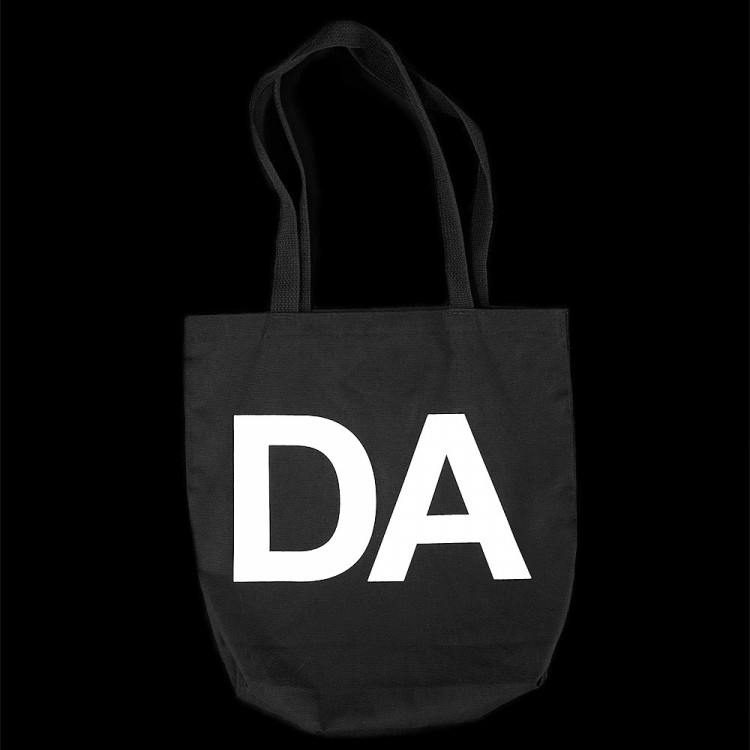
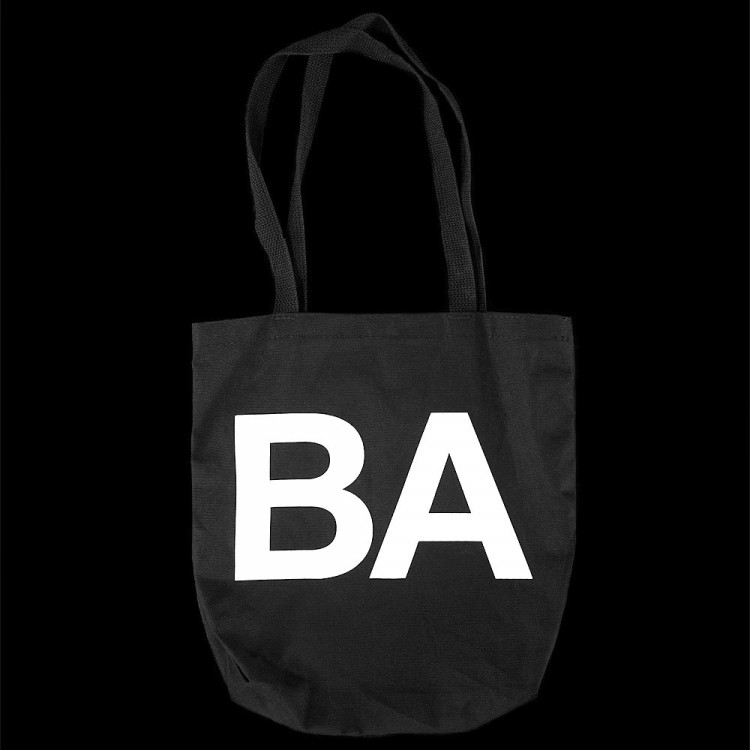 1/2
1/2Double-sided white silkscreen print on 10oz black canvas bag.

